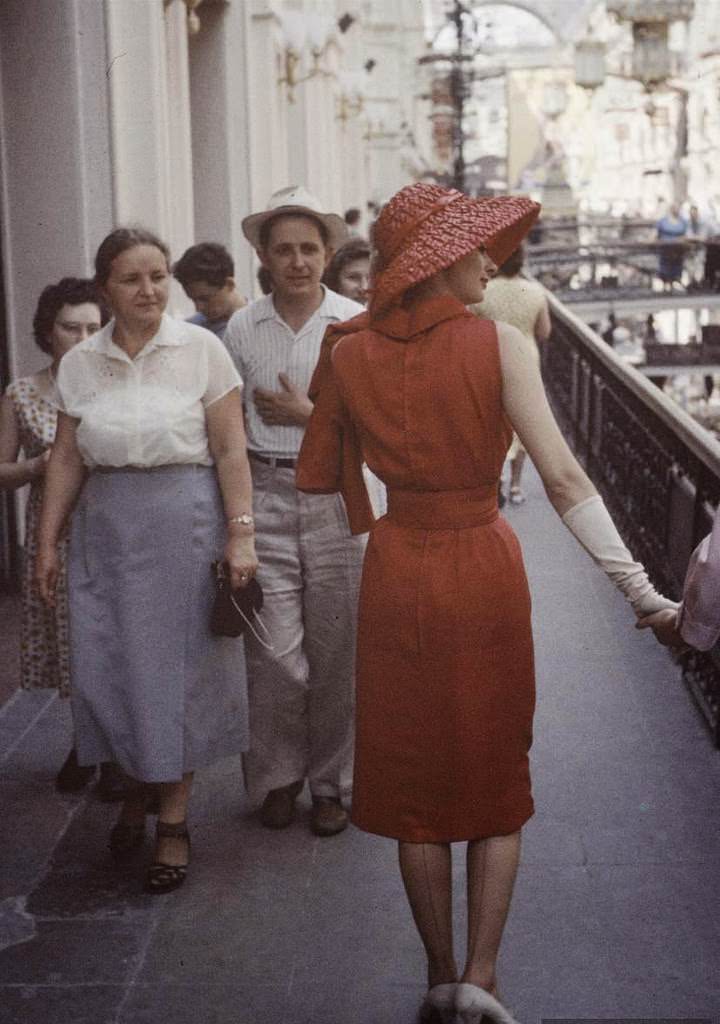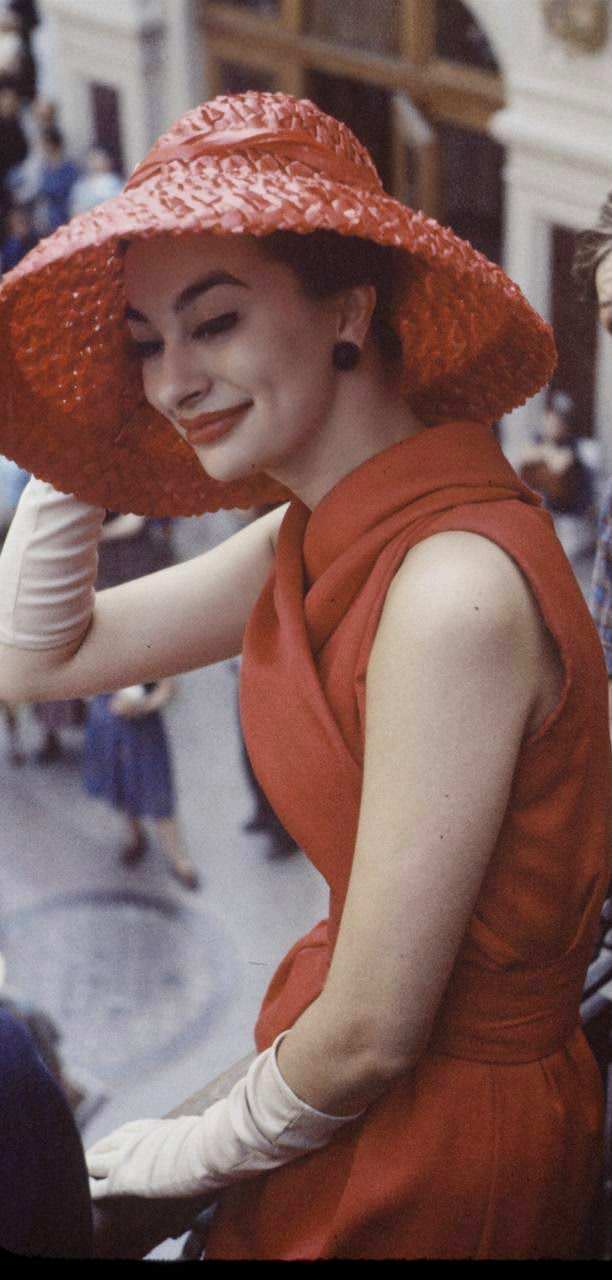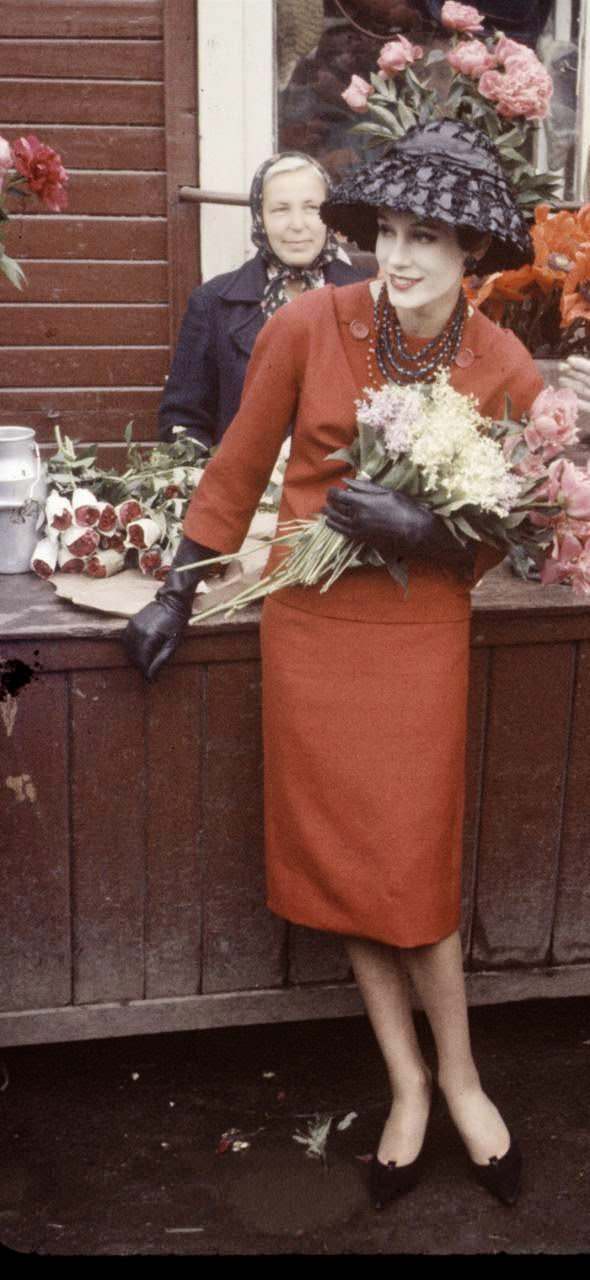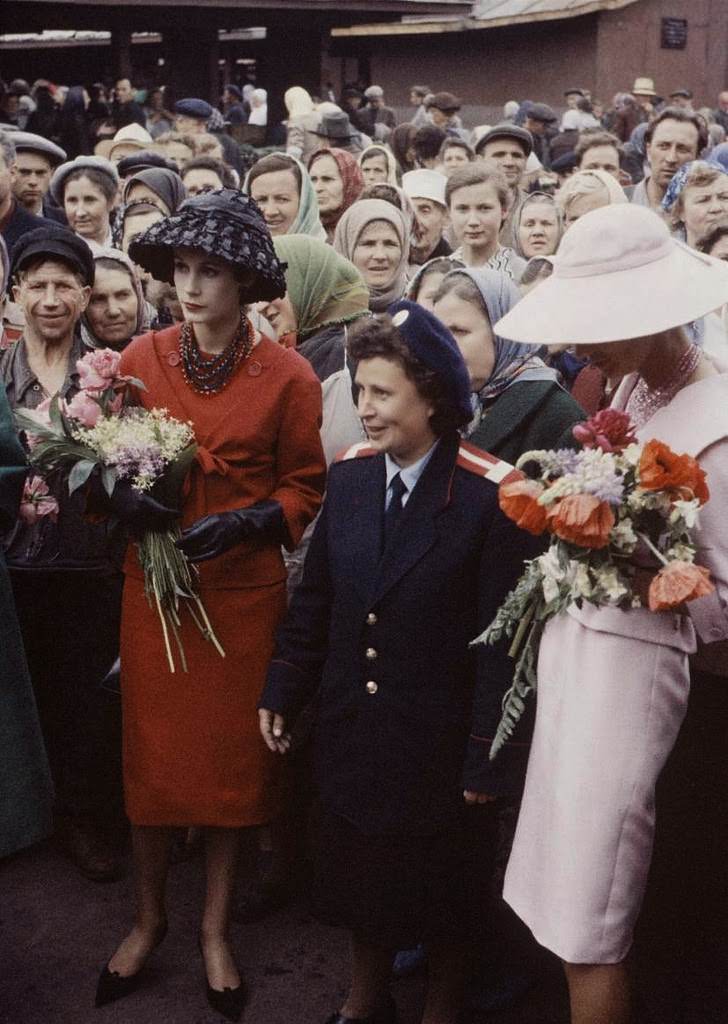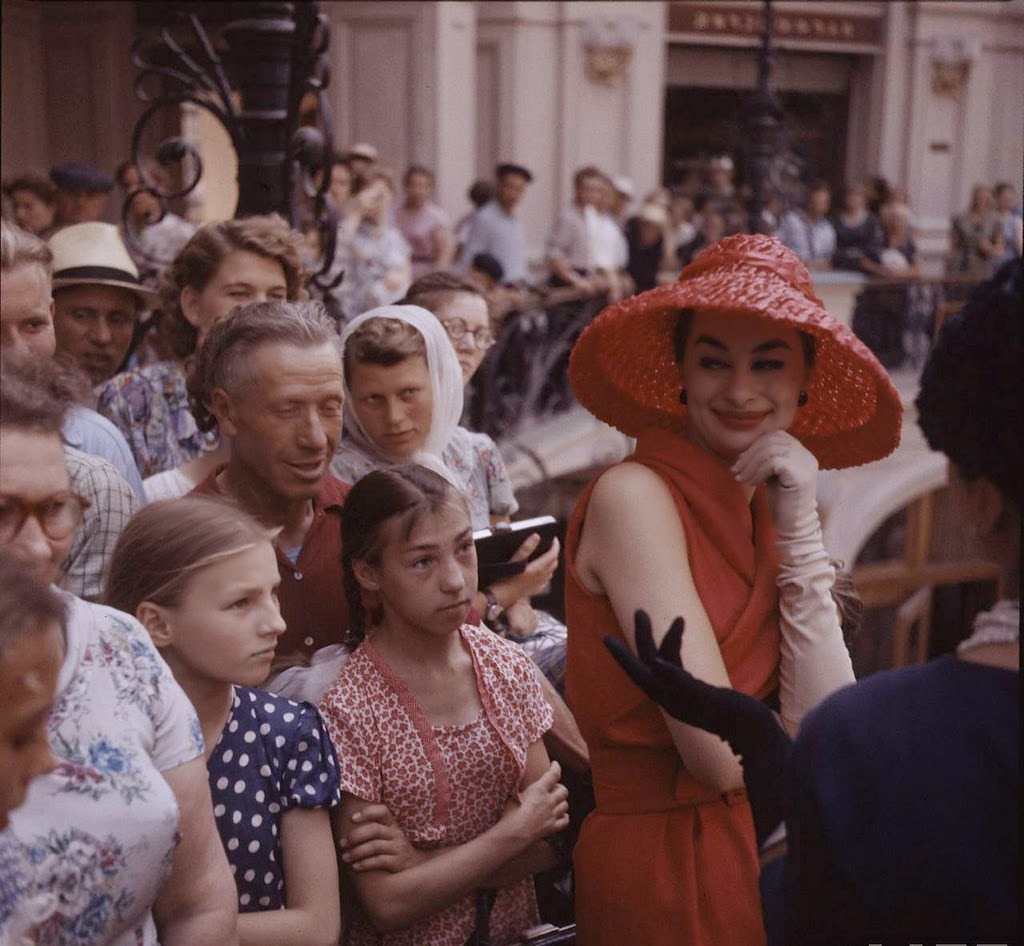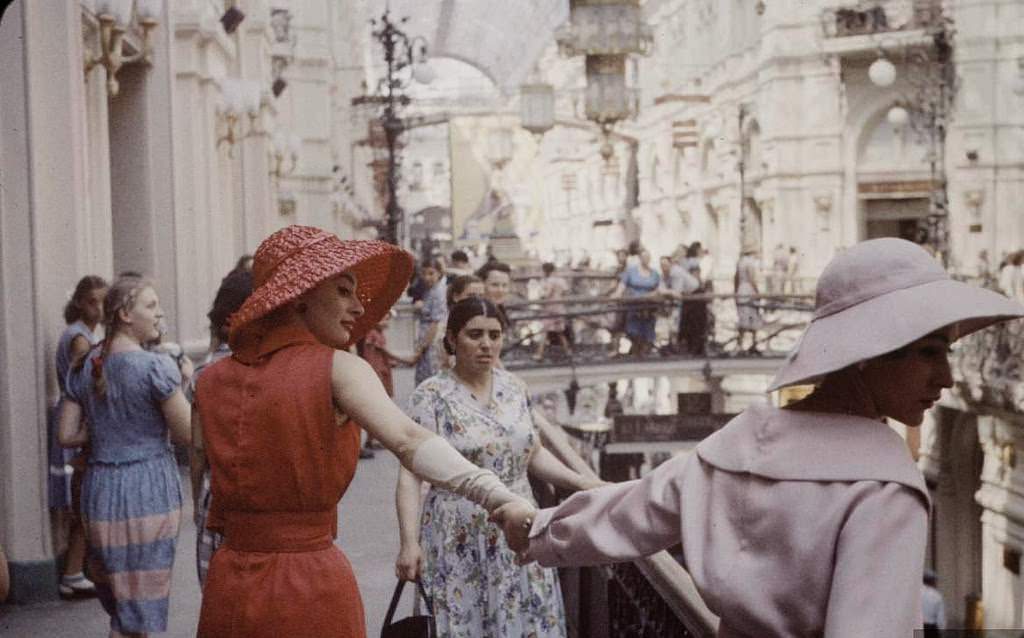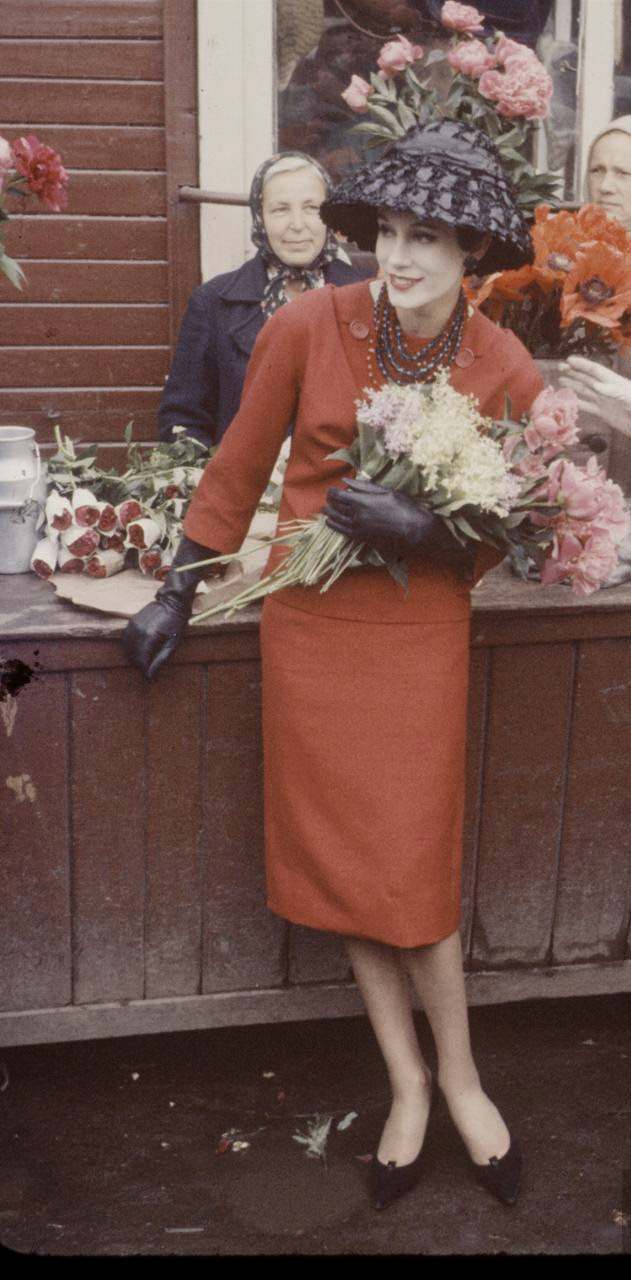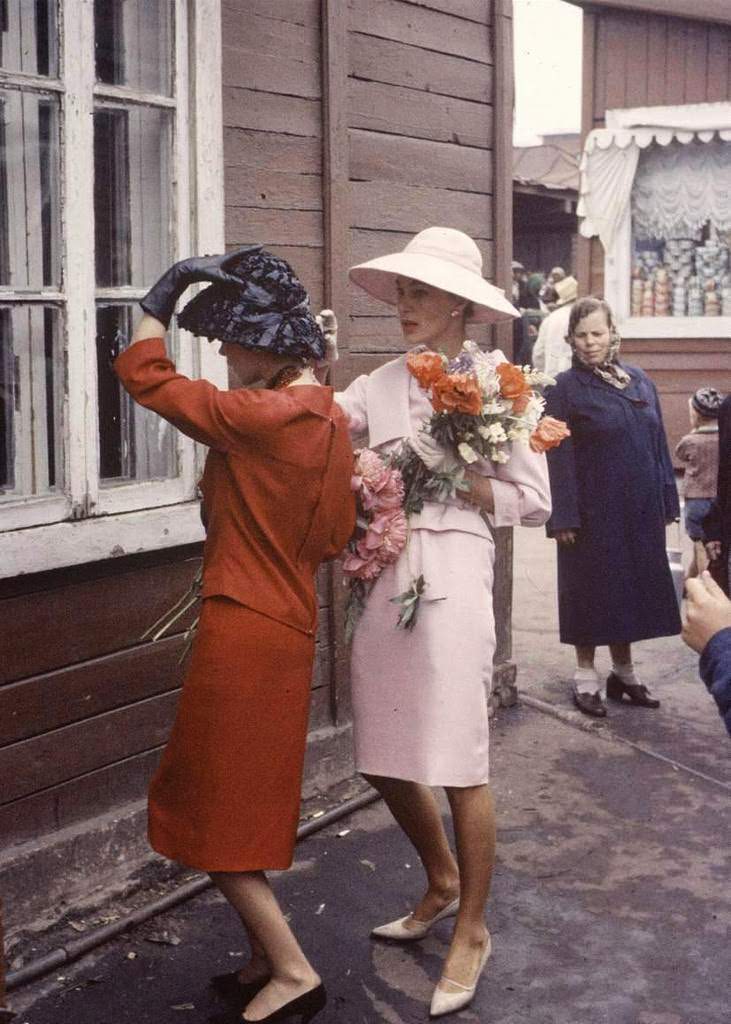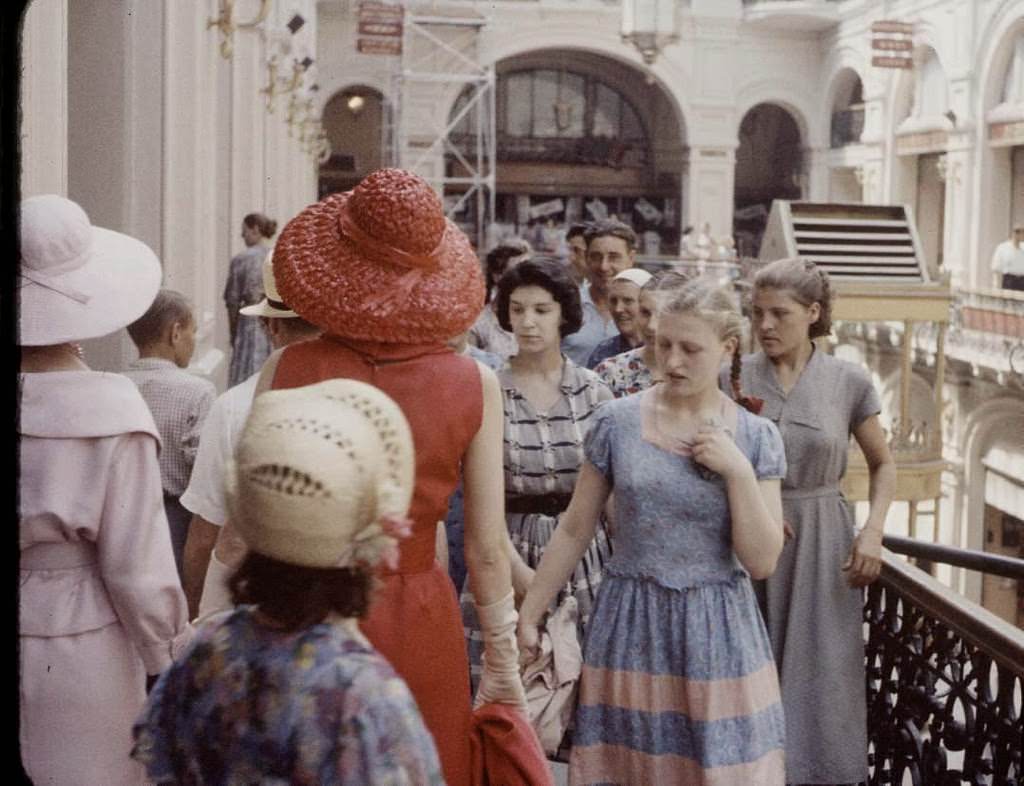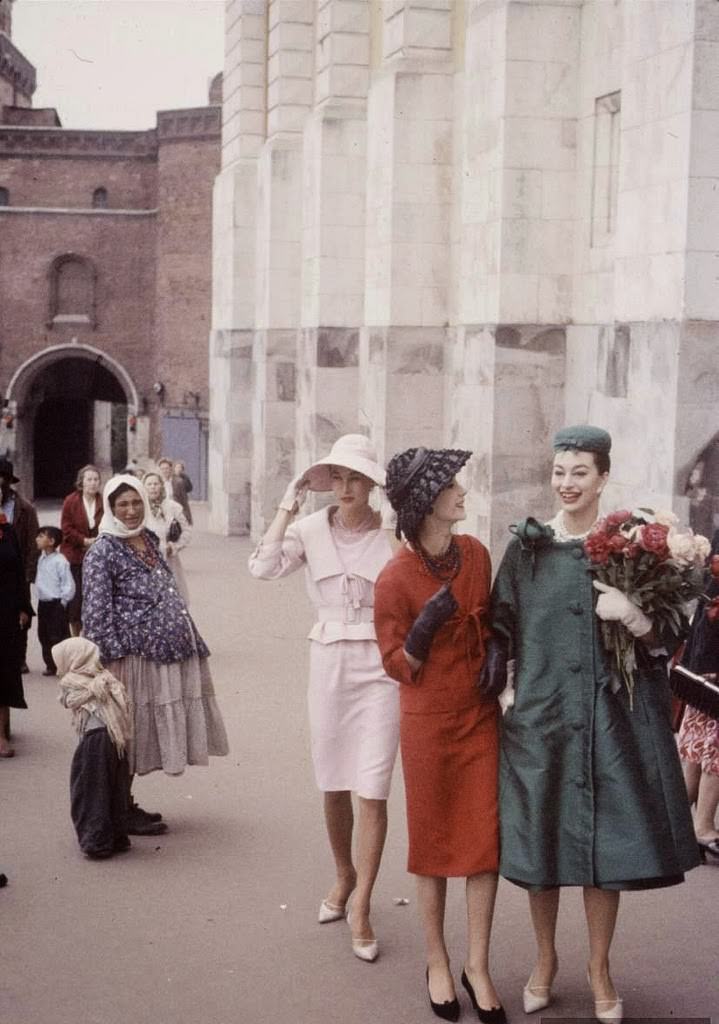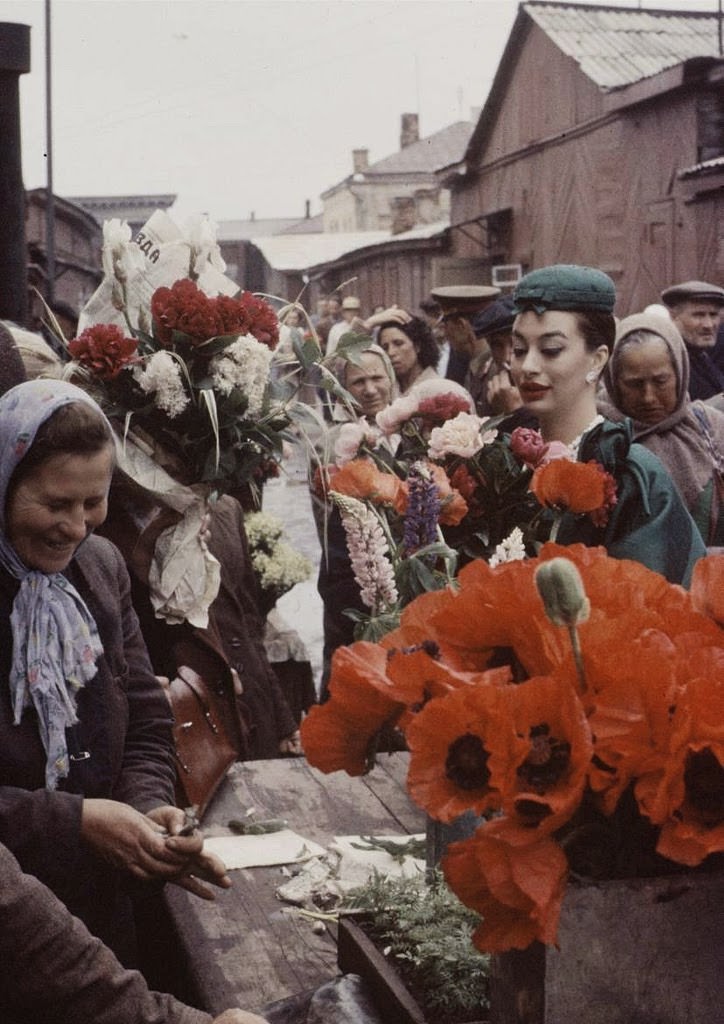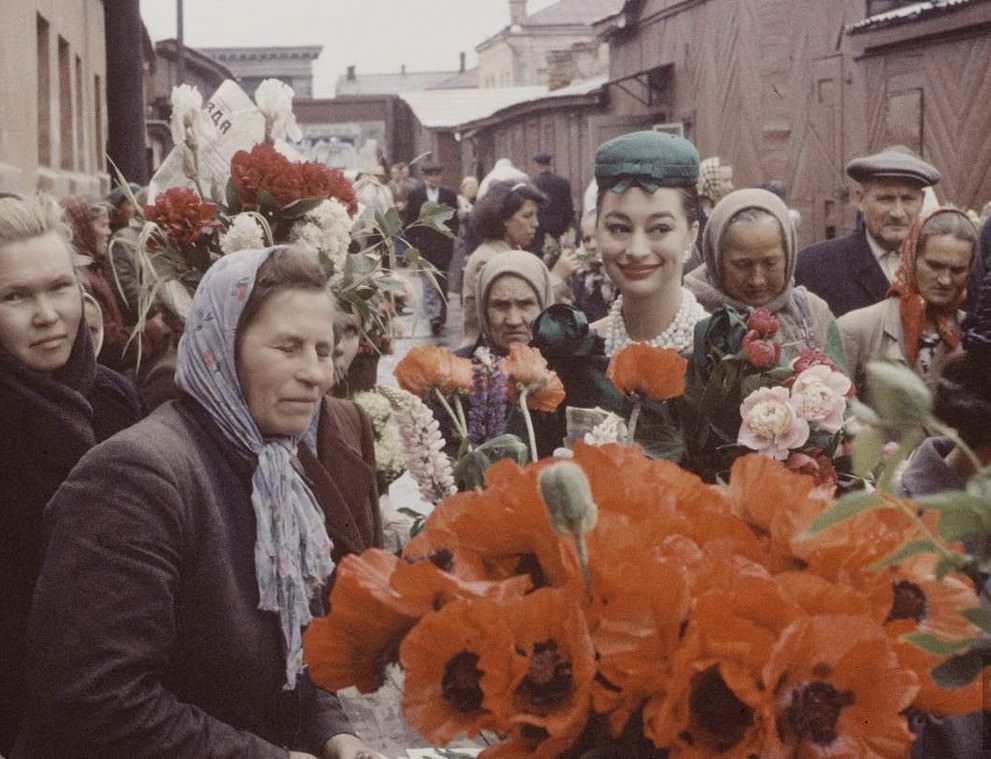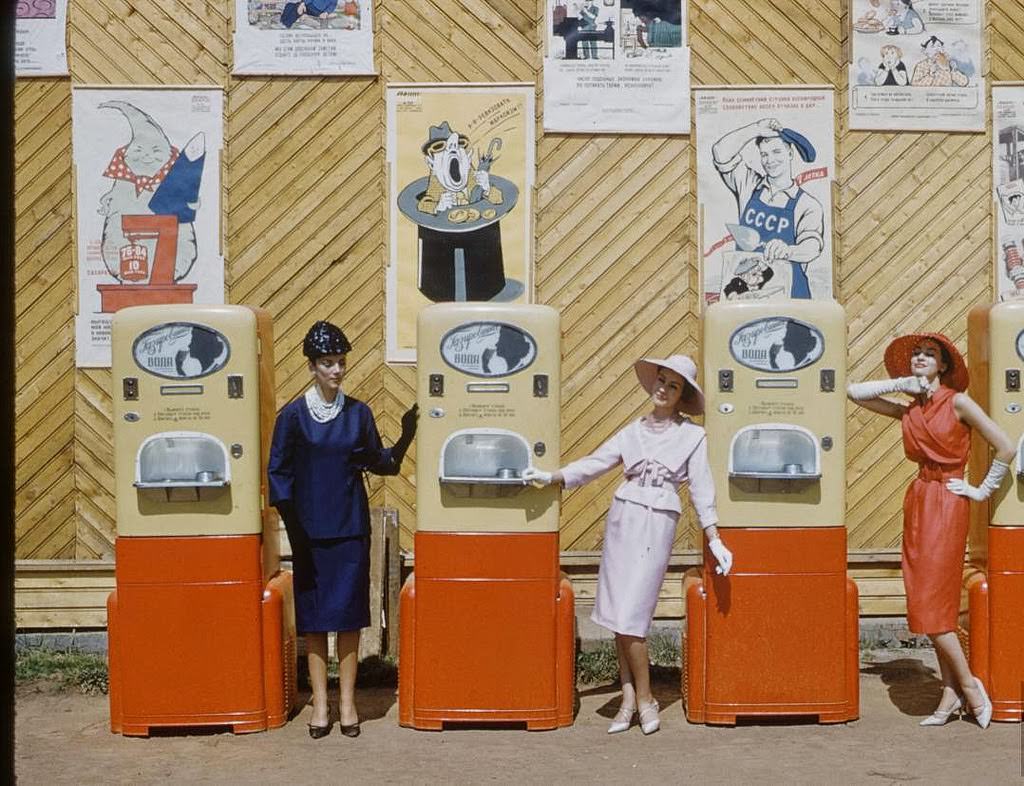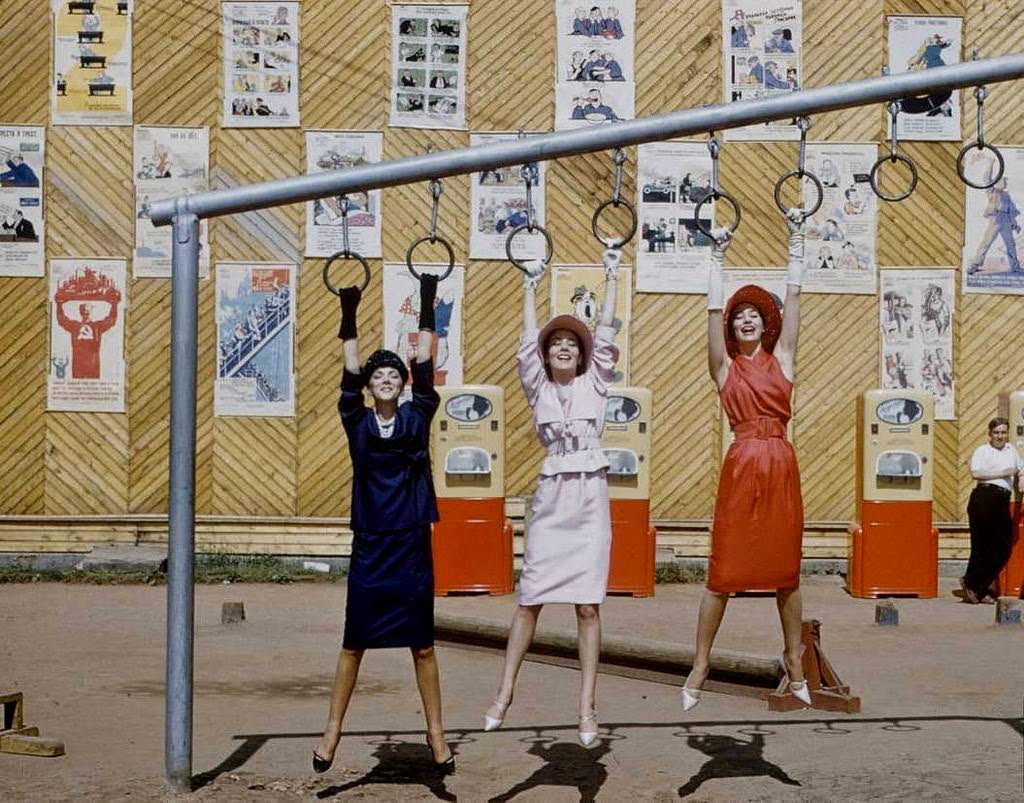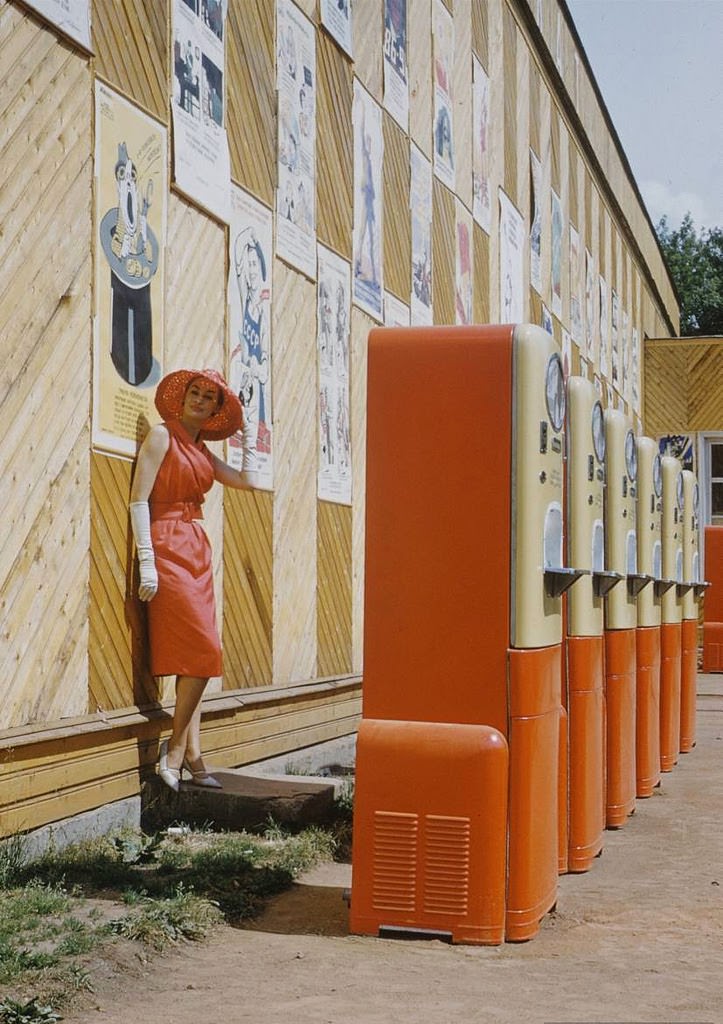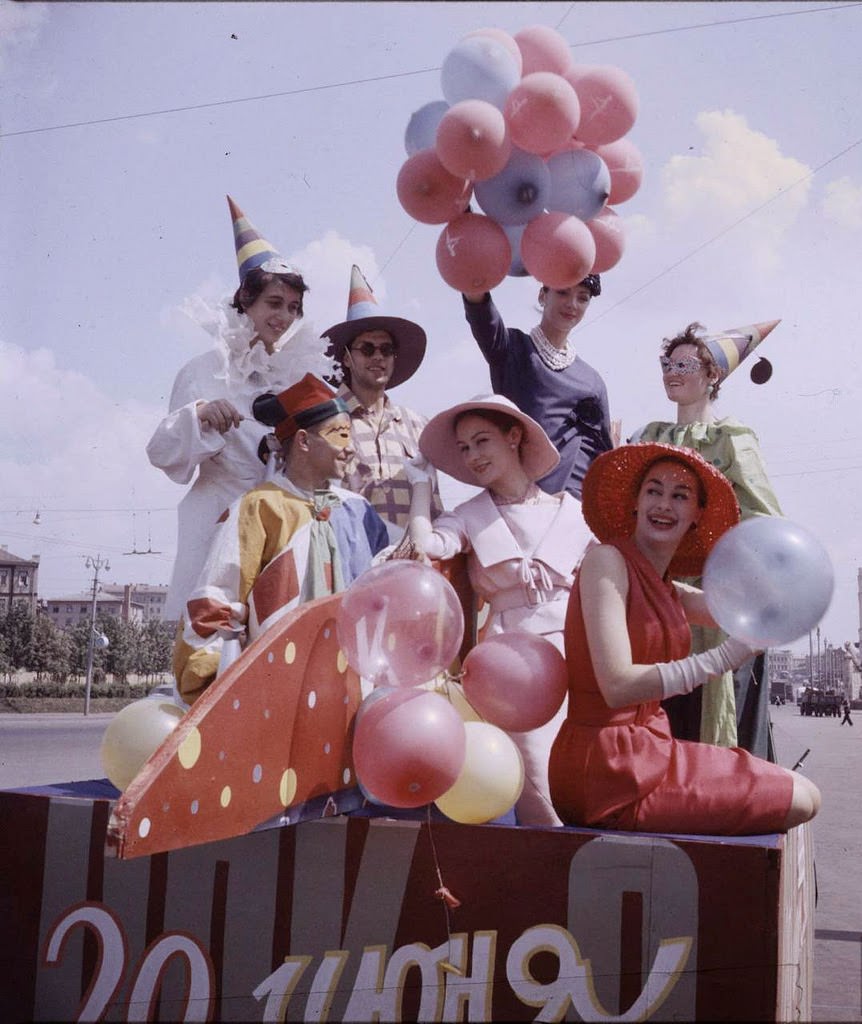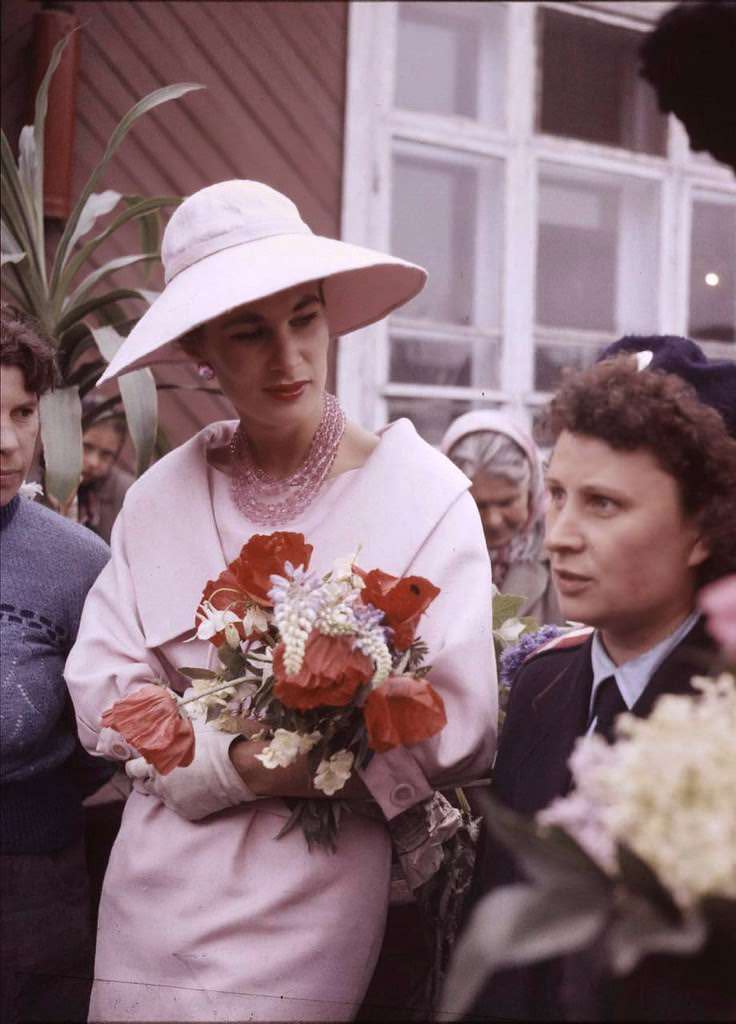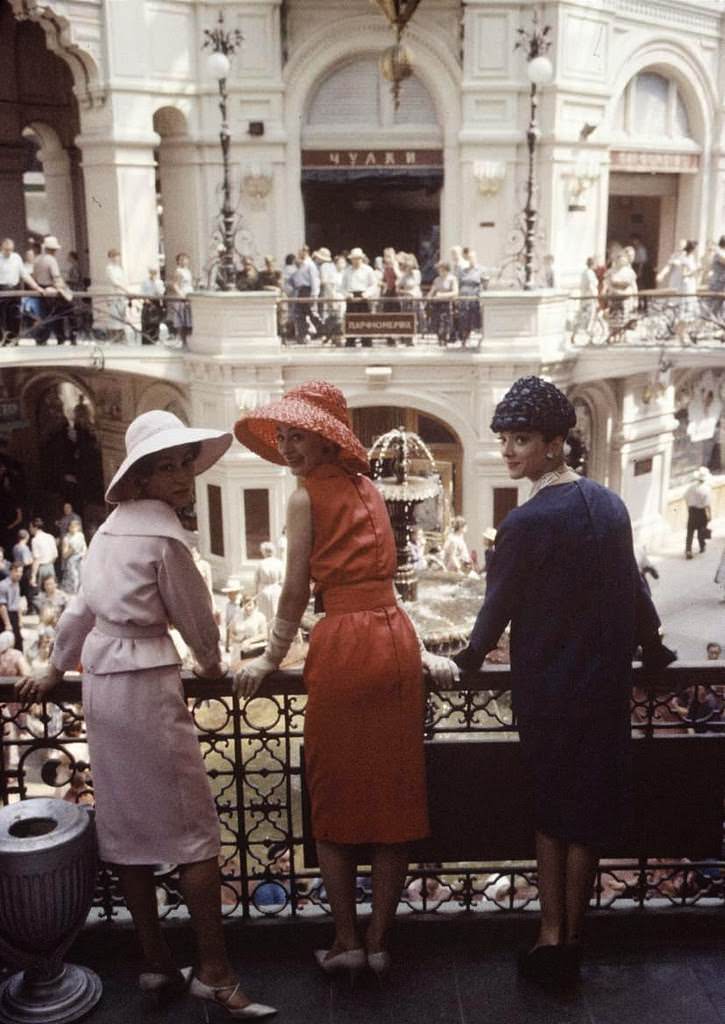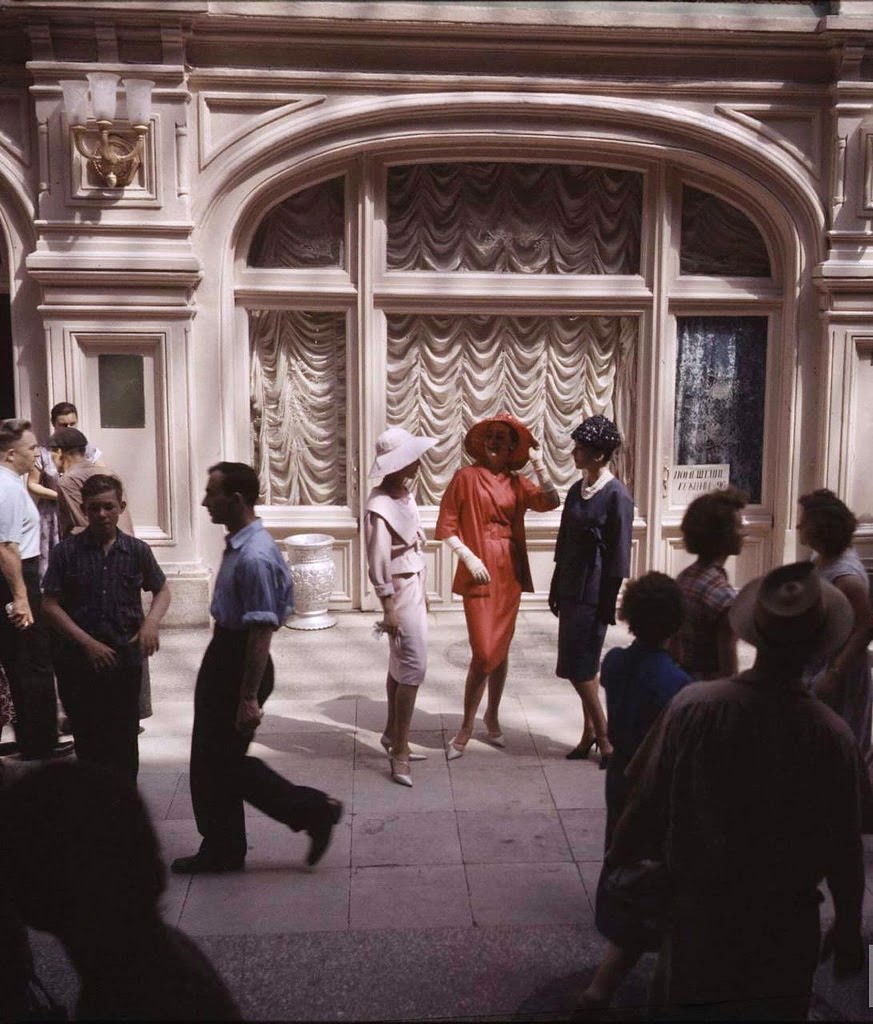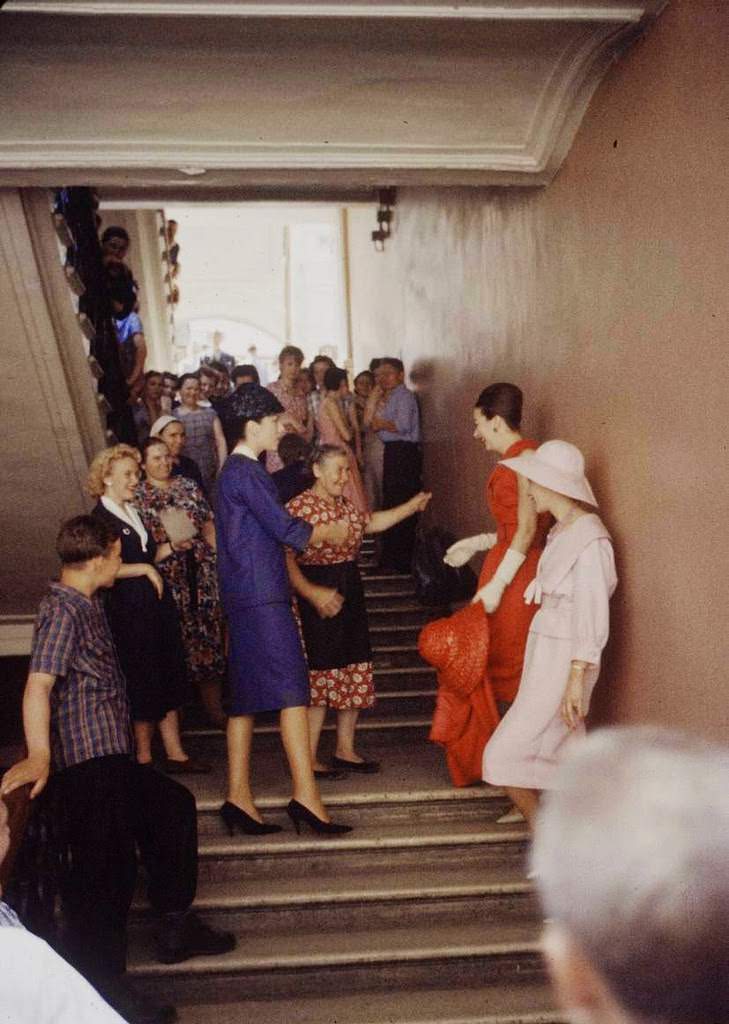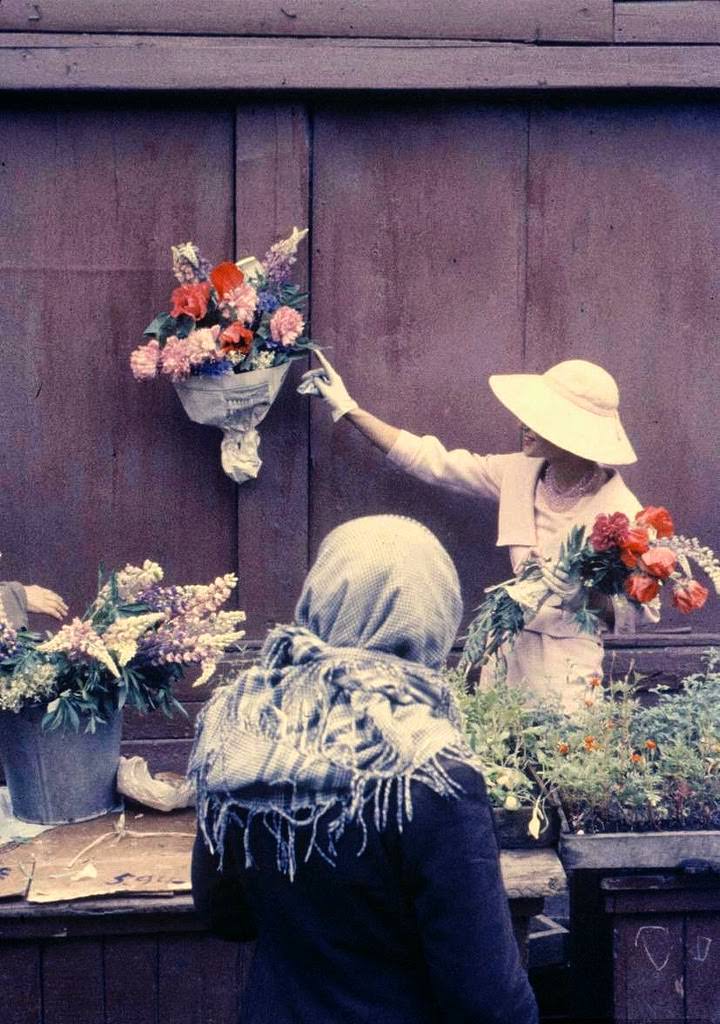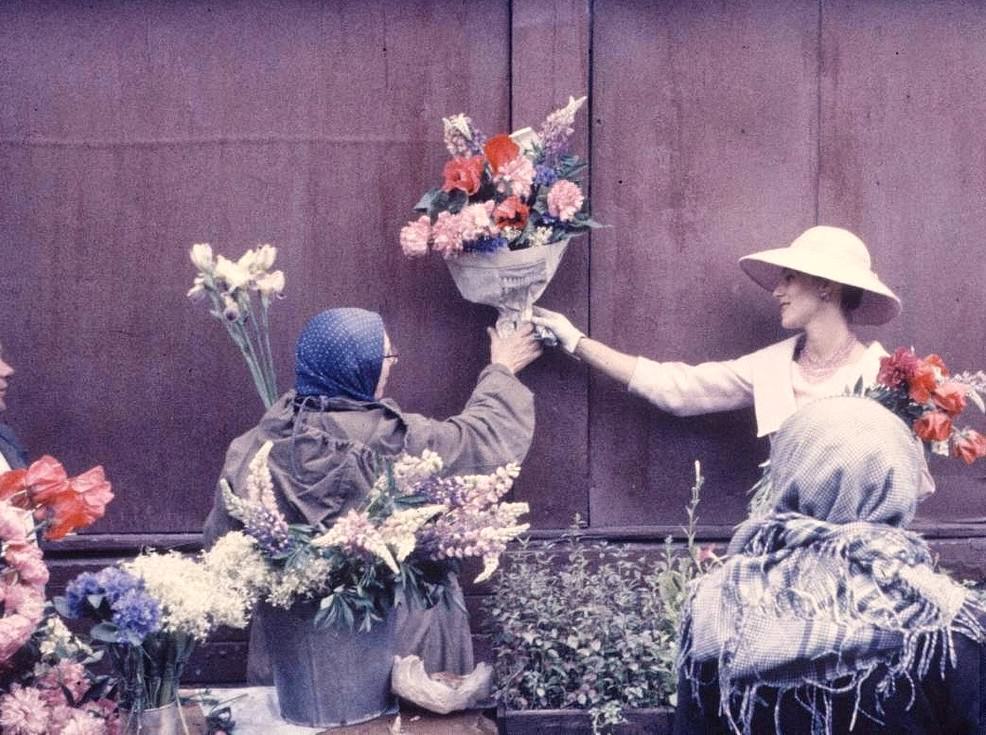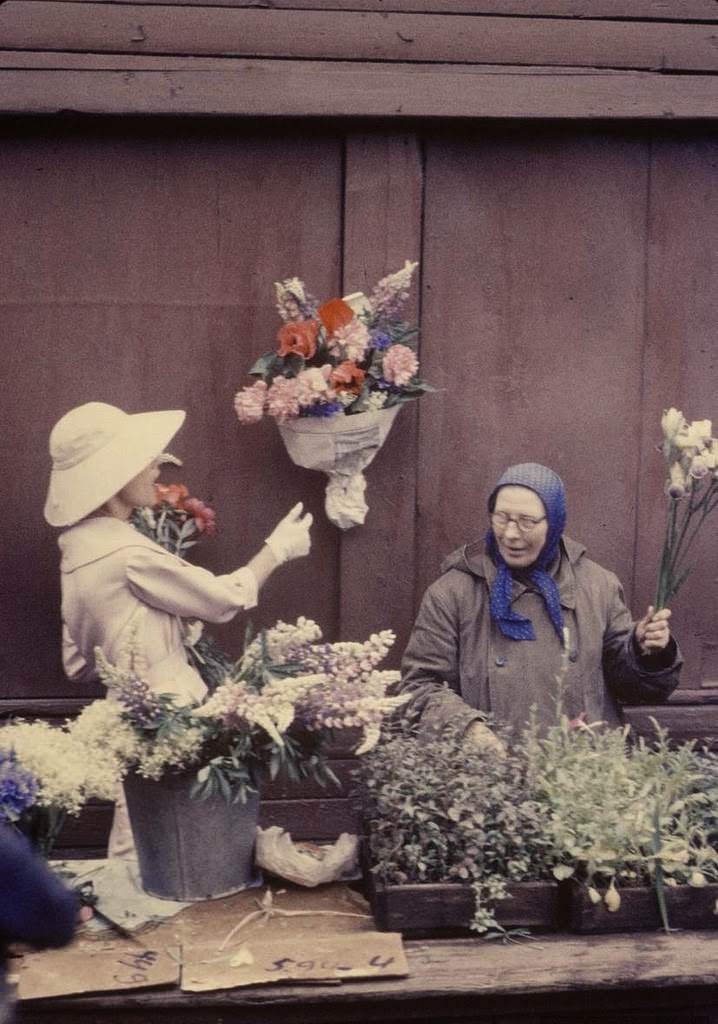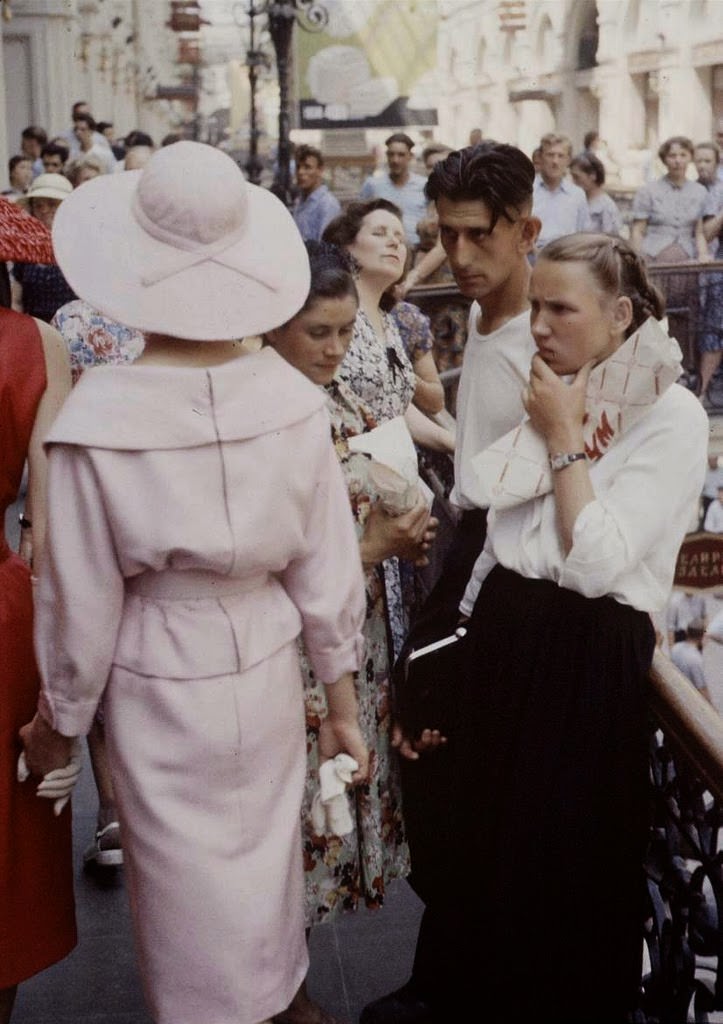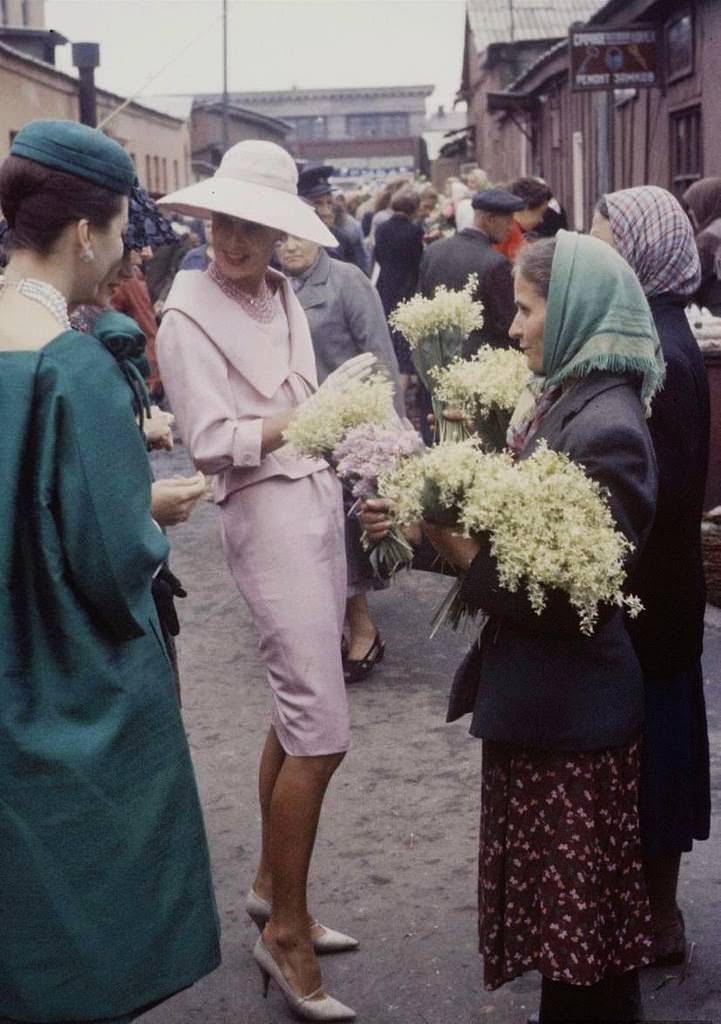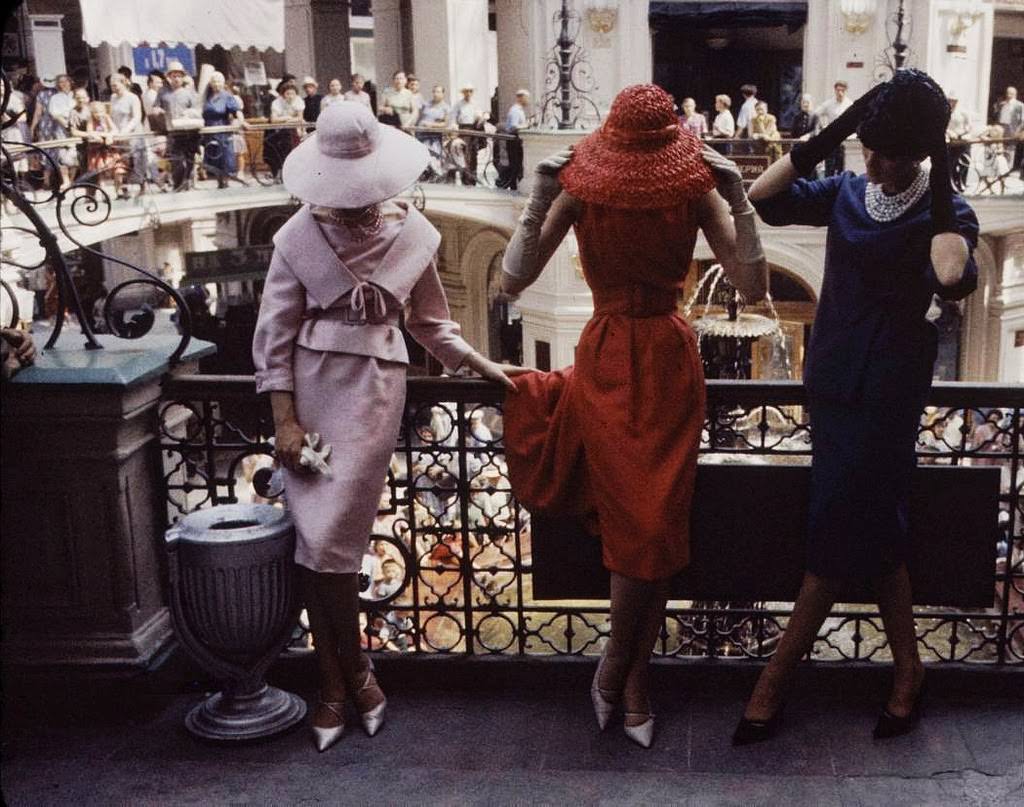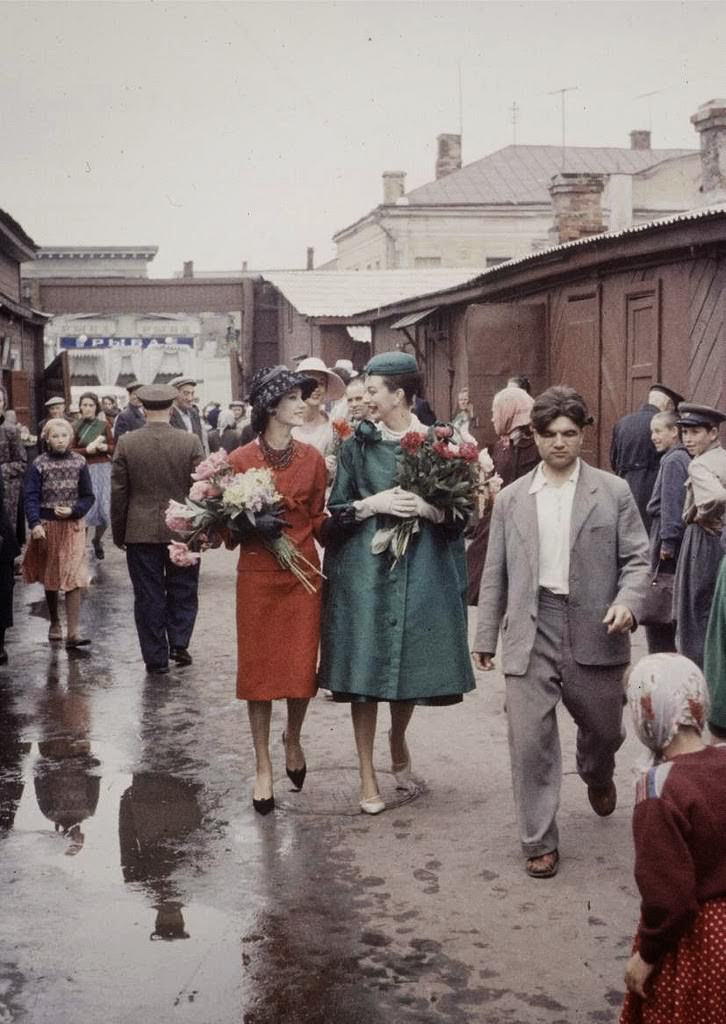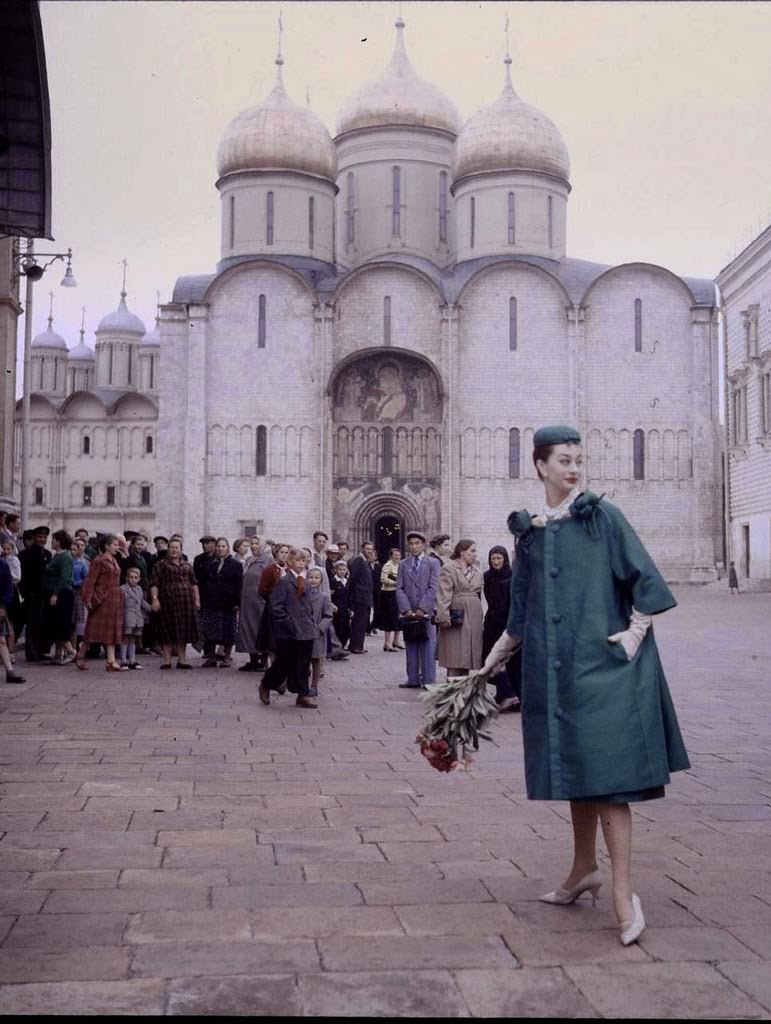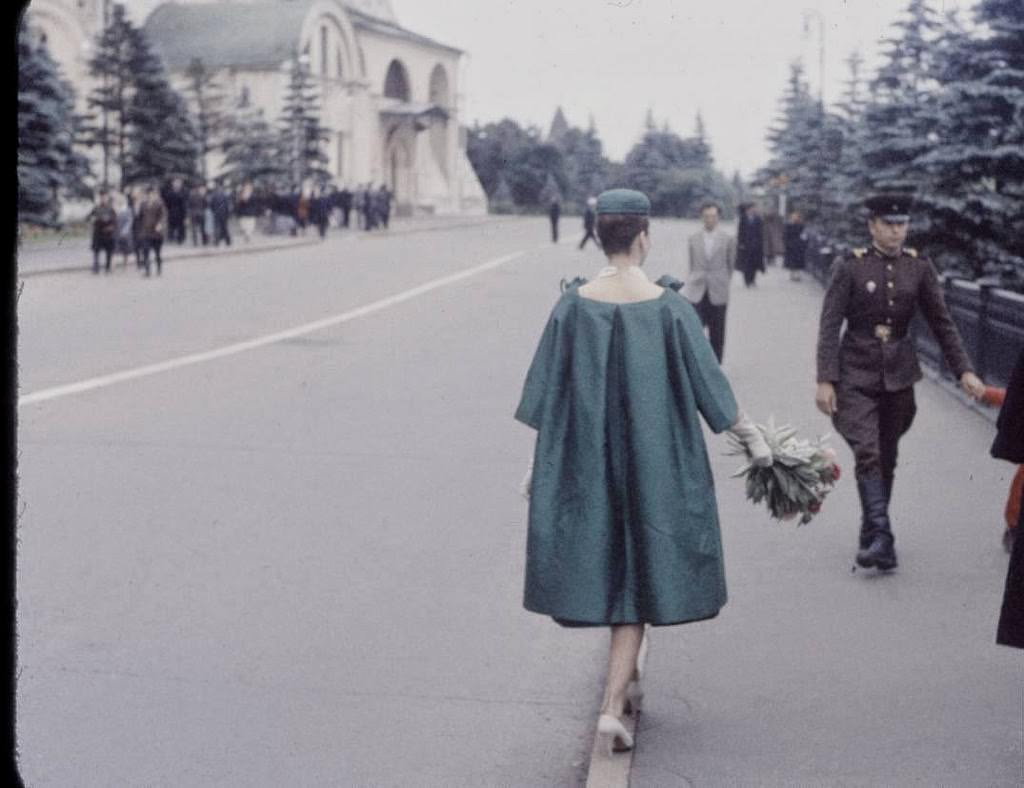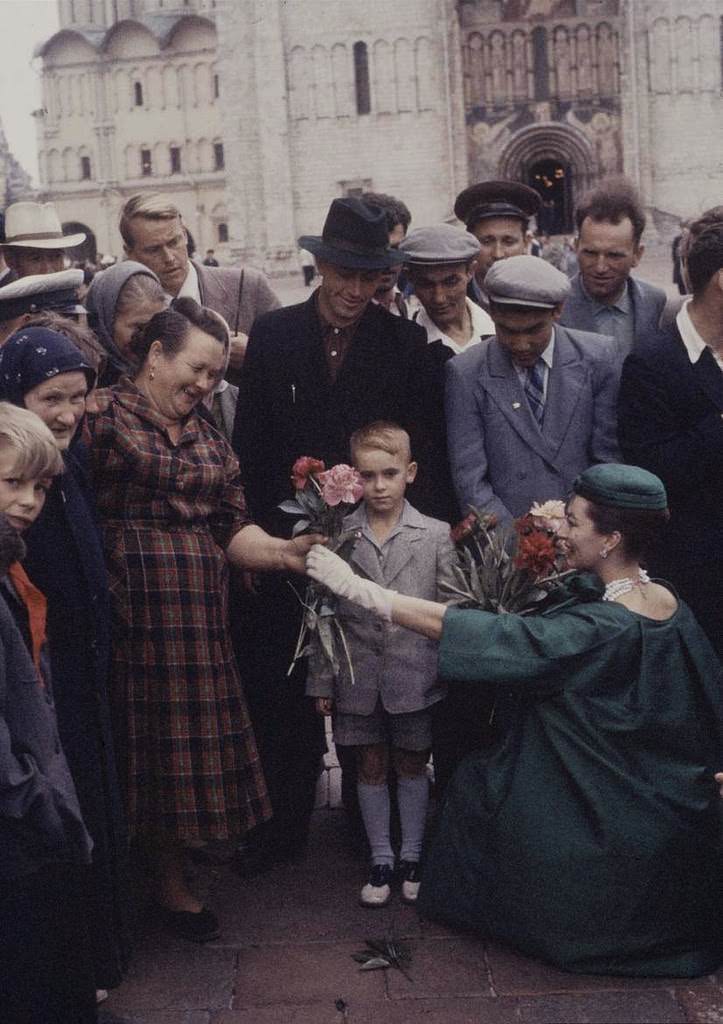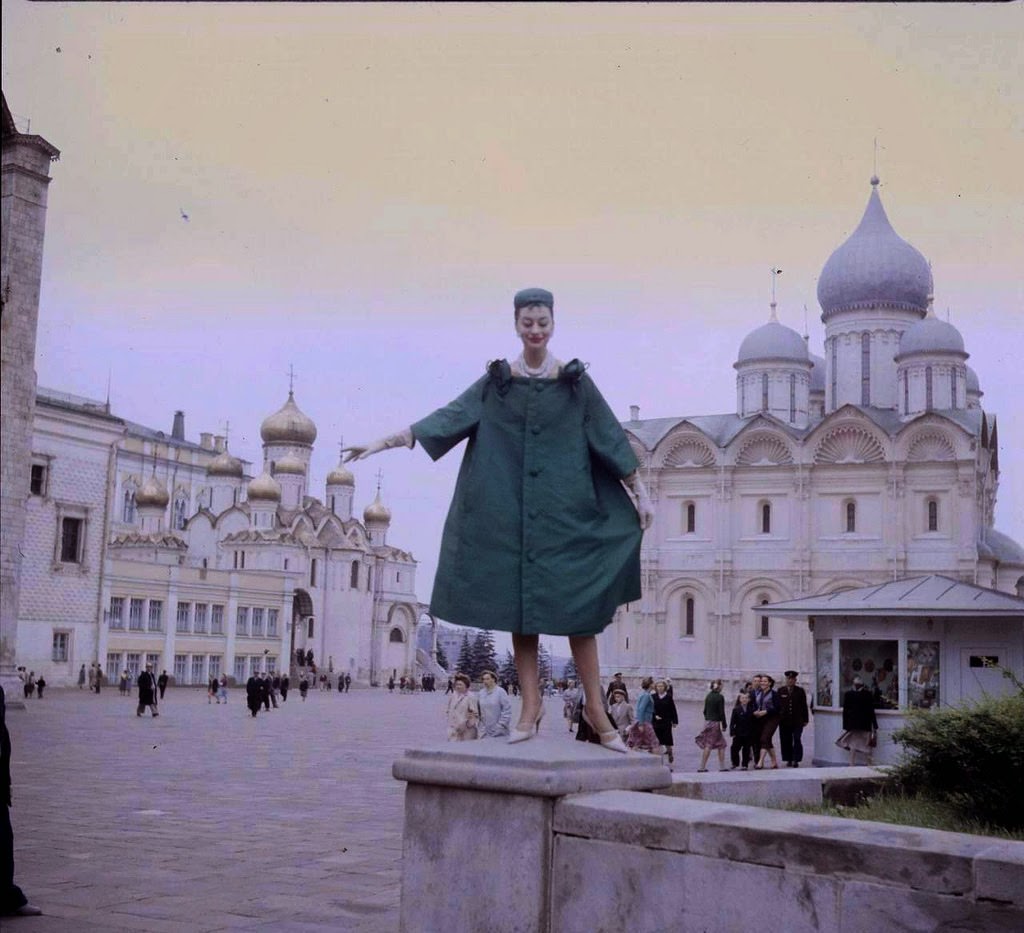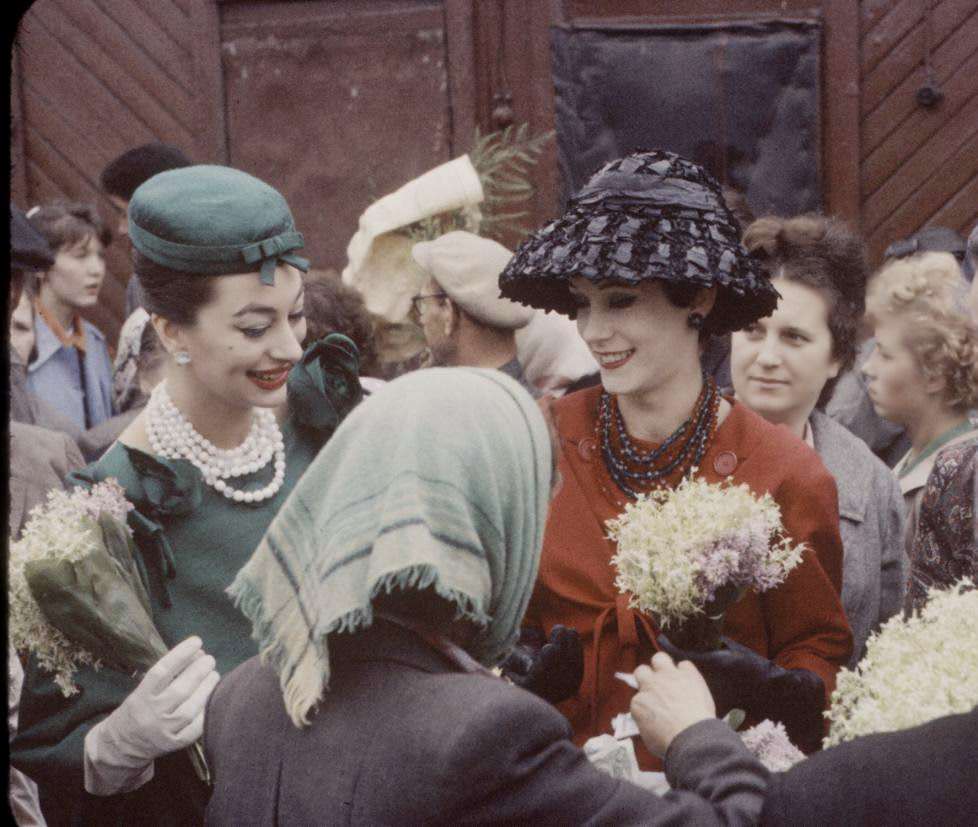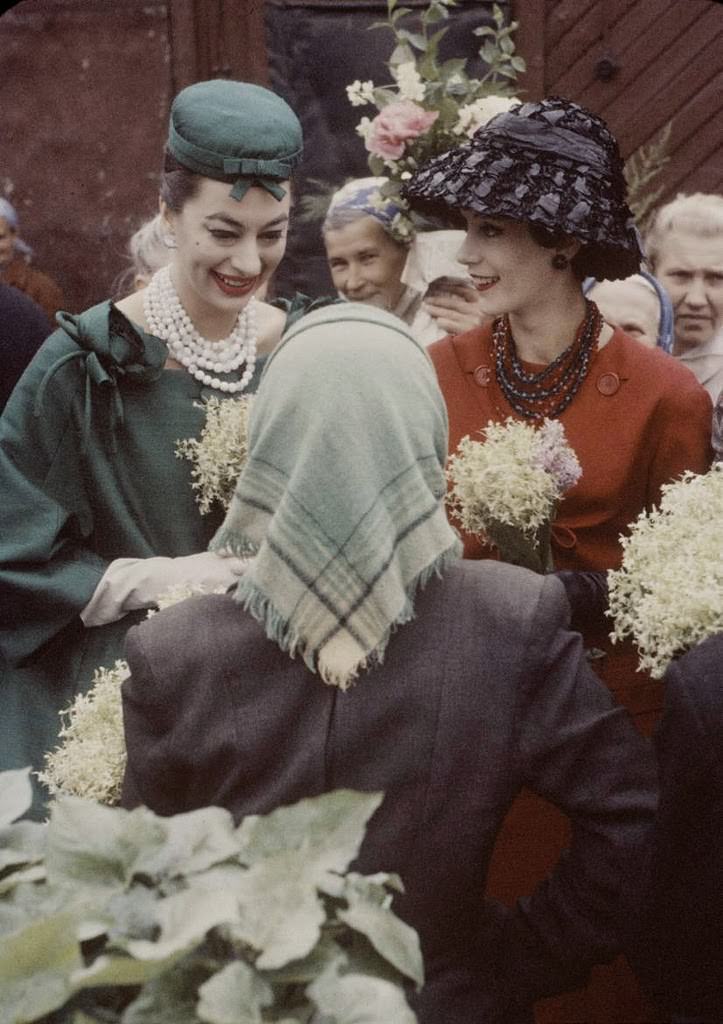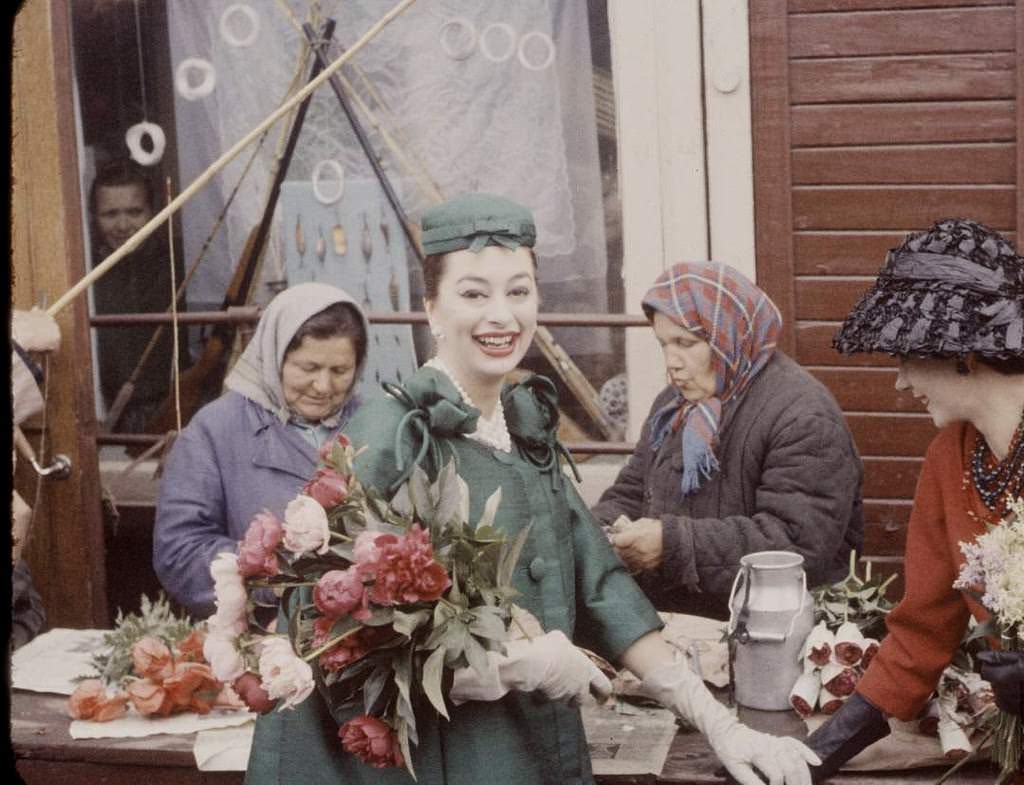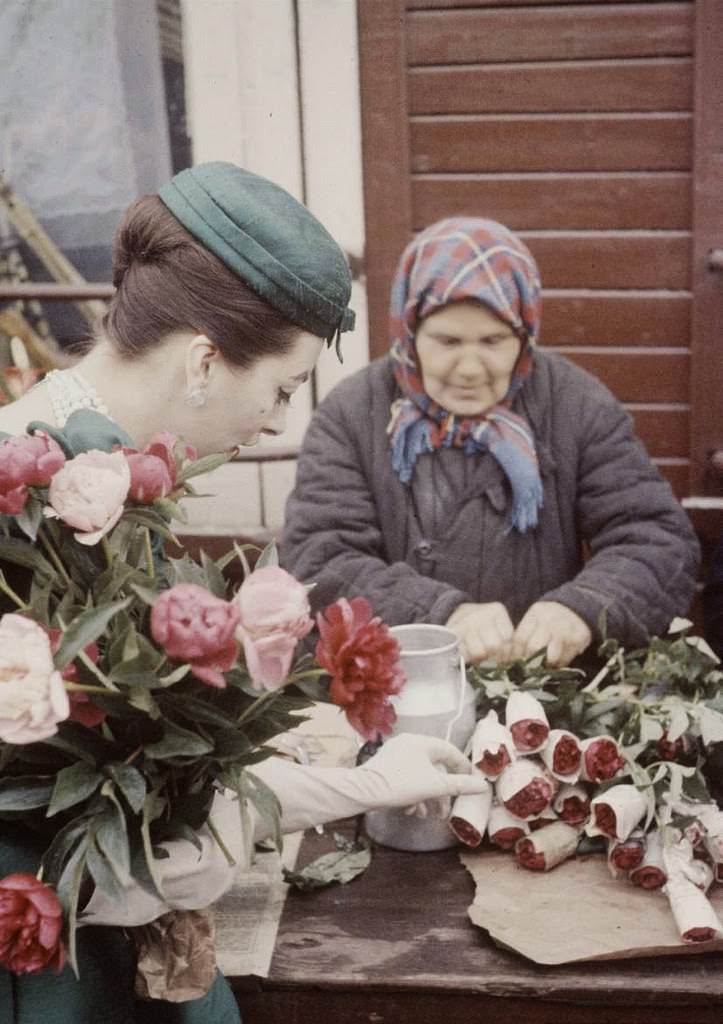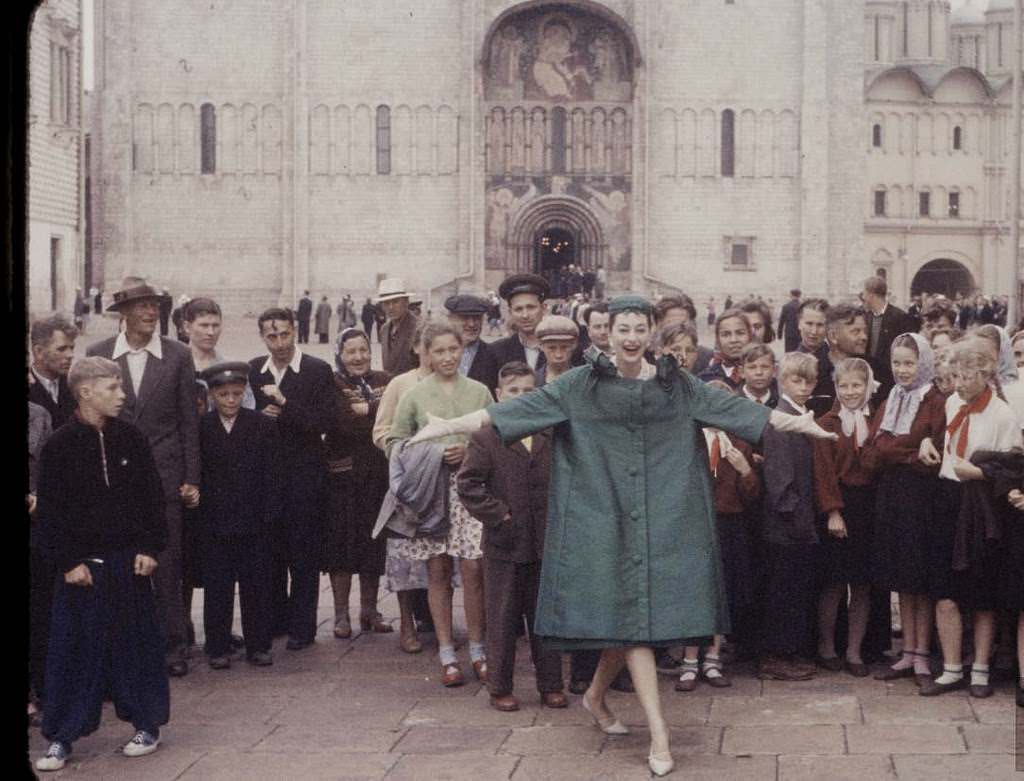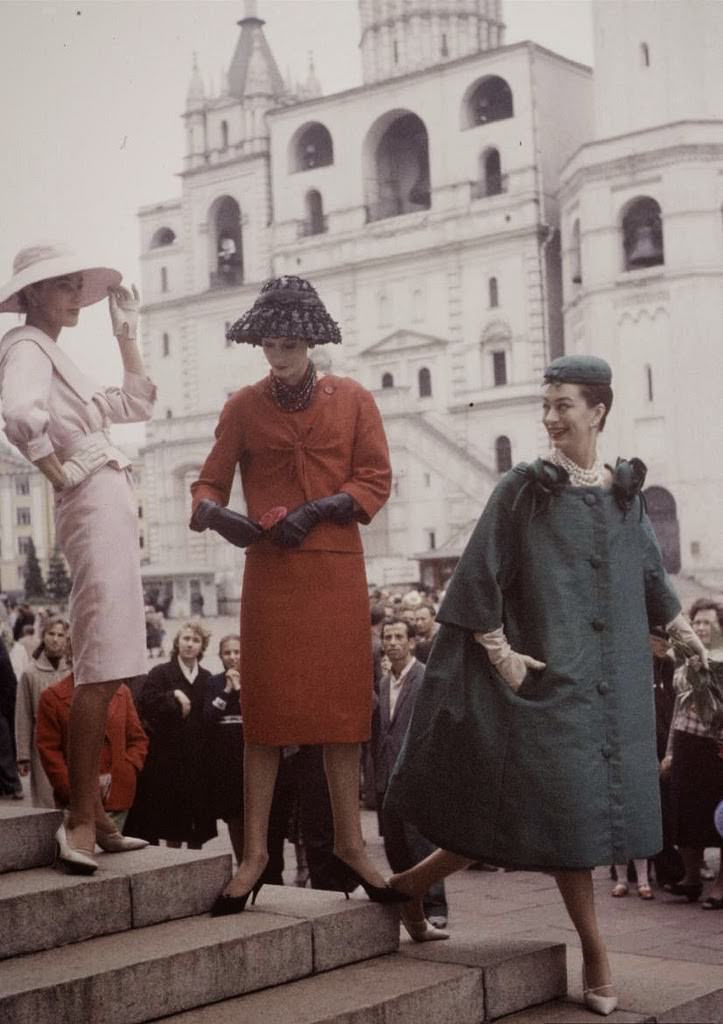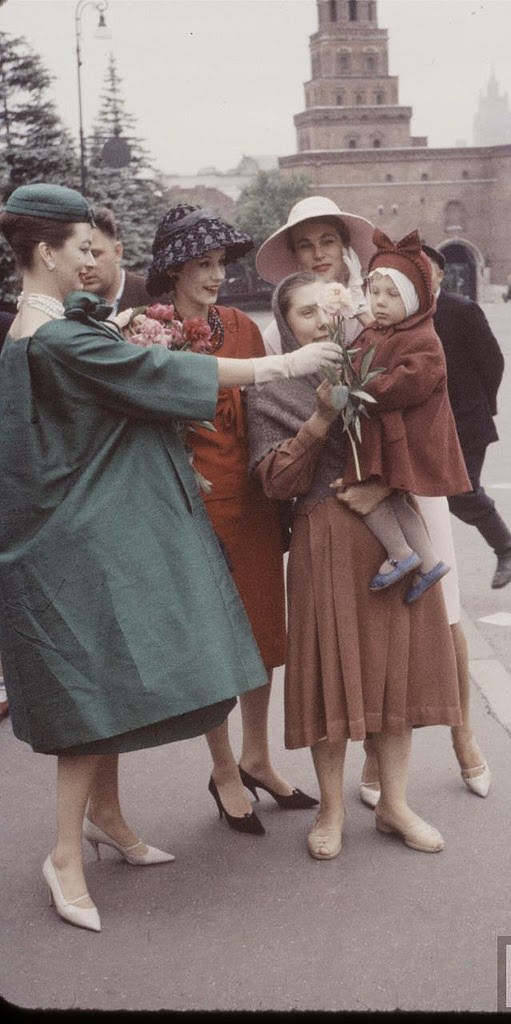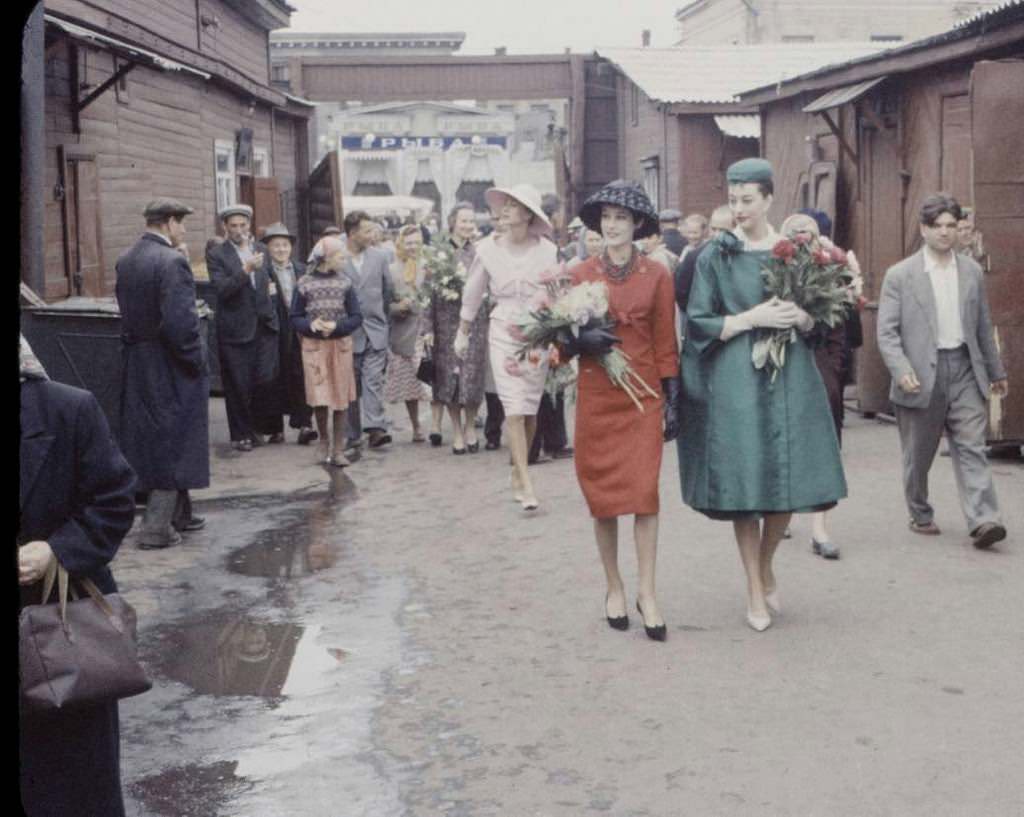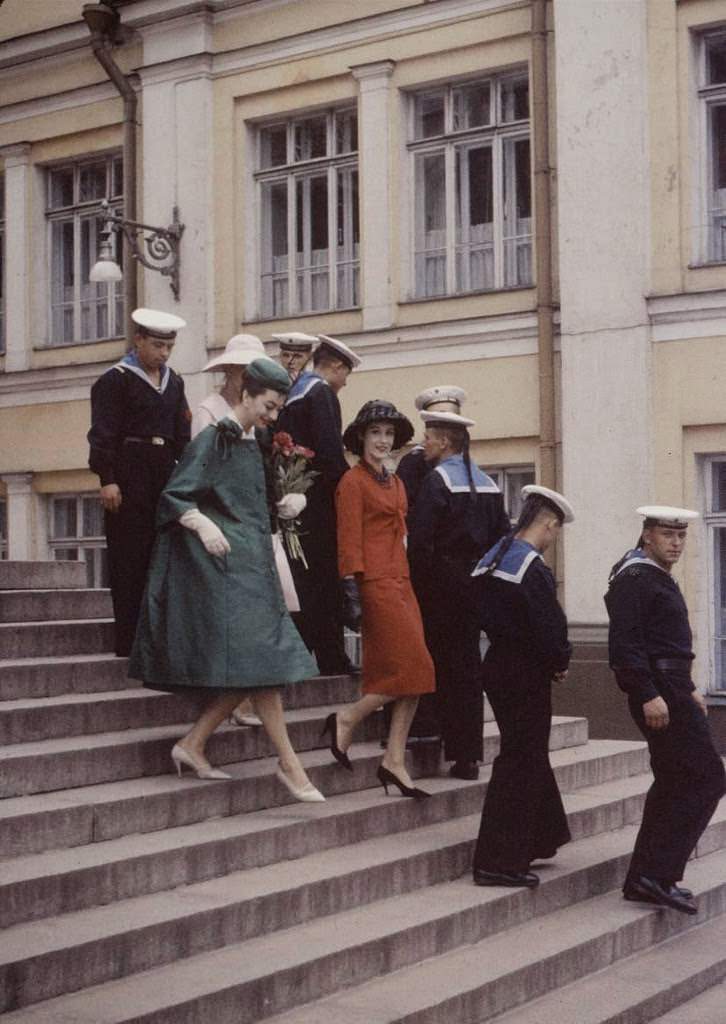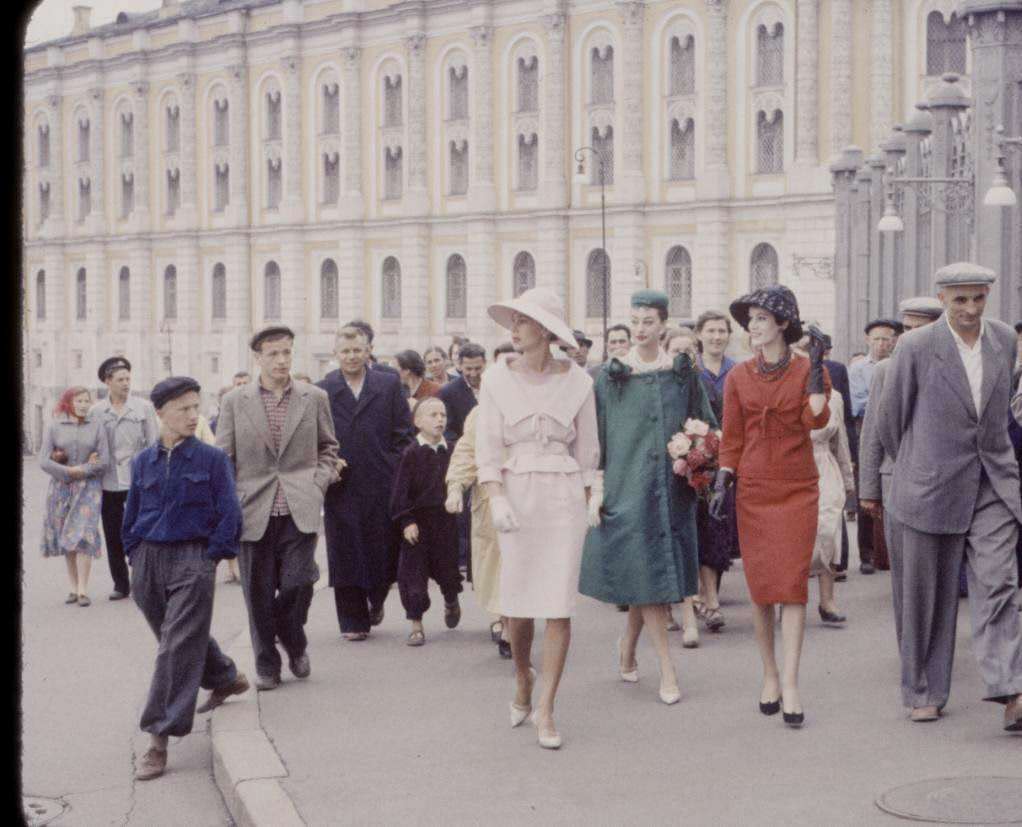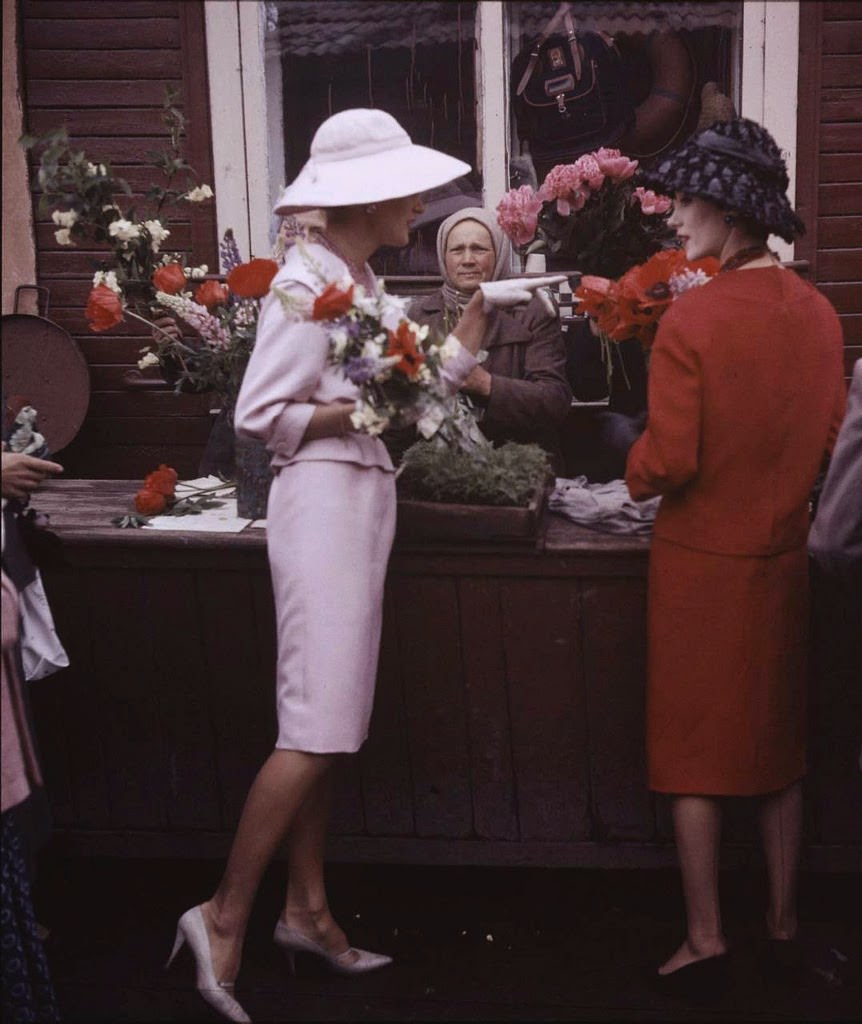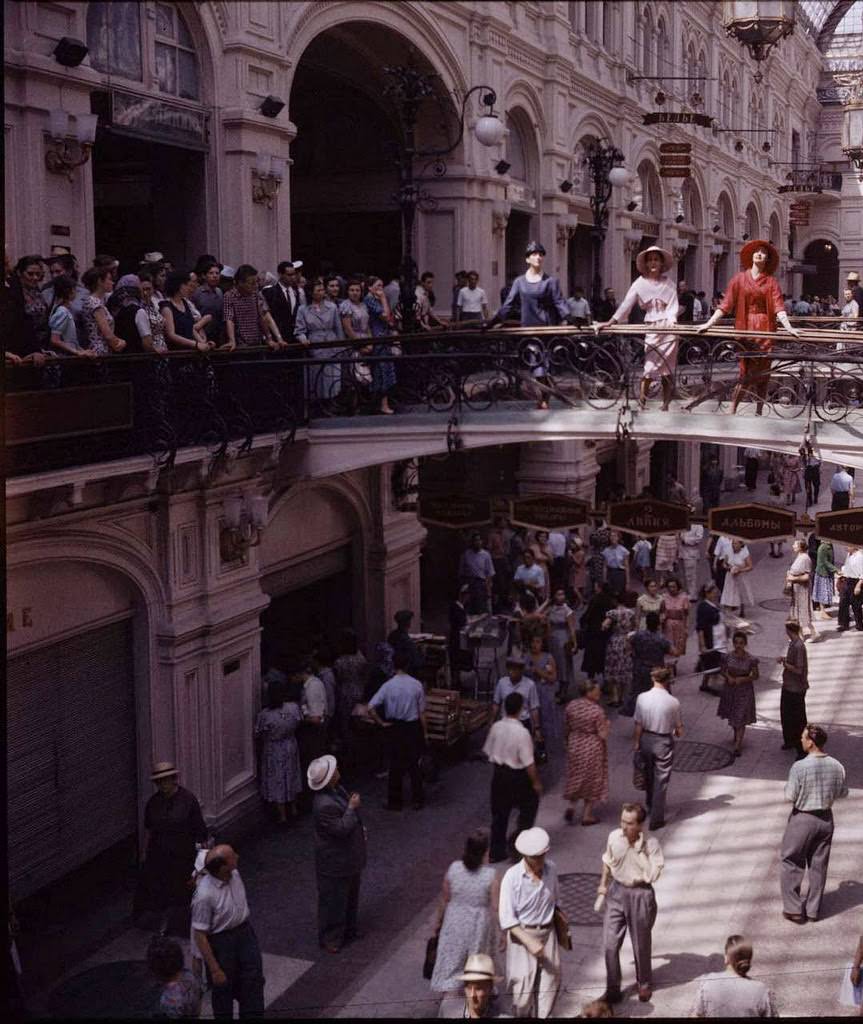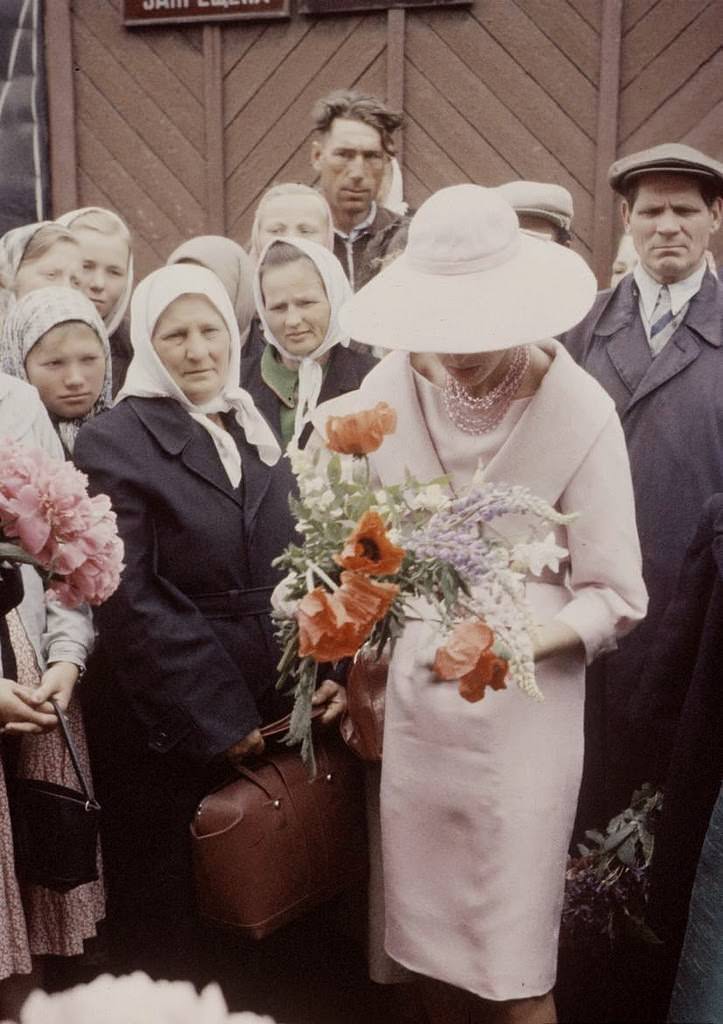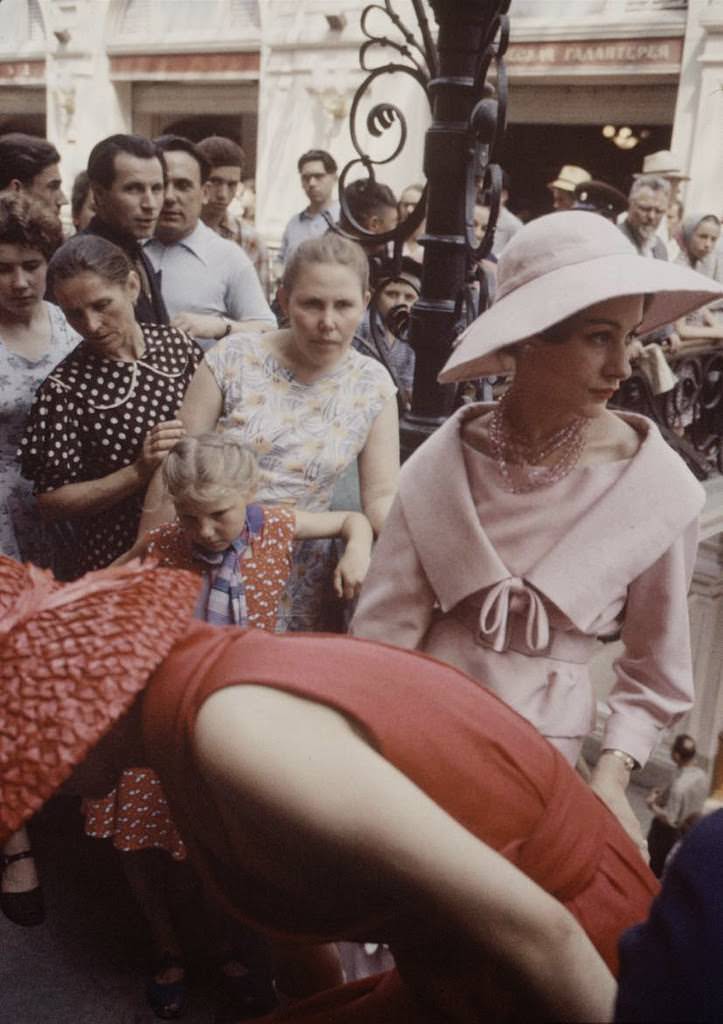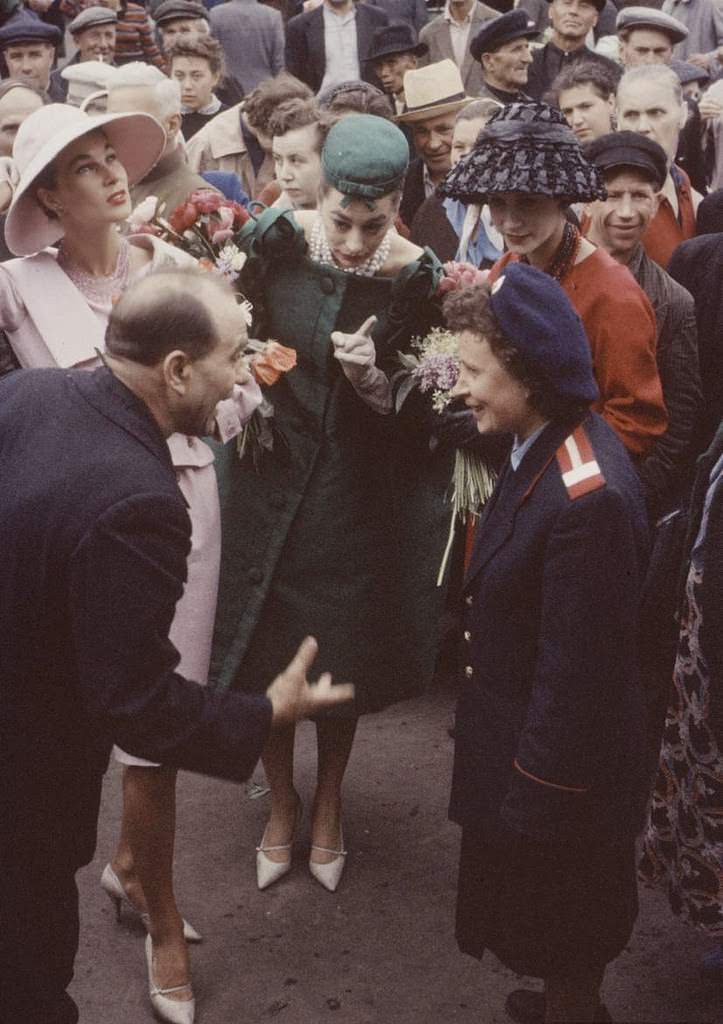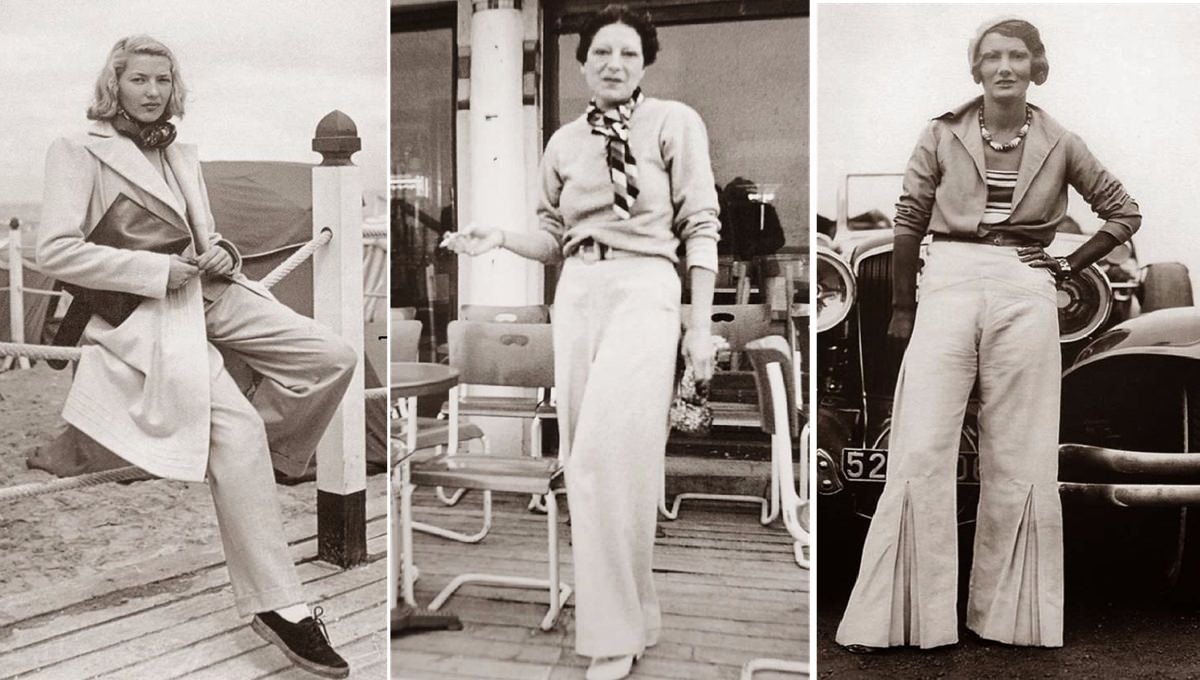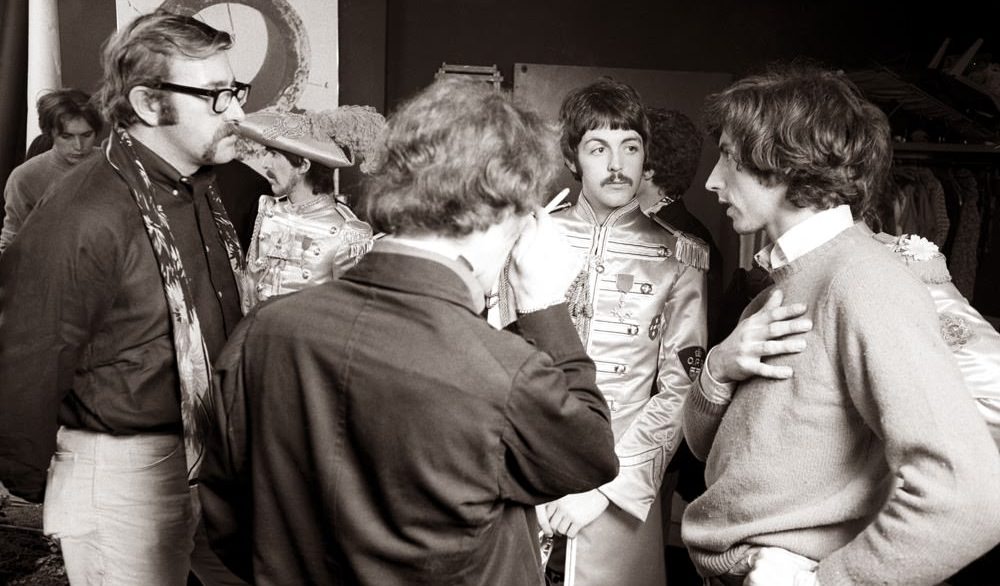In 1959, during the thick of the Cold War, an unusual event unfolded in Moscow. The Soviet Union, for the first time, officially permitted a Western fashion show. This decision opened the door for Madame Suzanne Lulling, the head of the Dior Salon, to bring Parisian glamour to the heart of Communist Russia.
The show was staged at the House of Culture “Wings of the Soviets.” Organizers decked out the venue in the French tricolors of blue, white, and red. This was an exclusive affair. A total of 11,000 invitations for the “défilé,” or fashion parade, went out. These were not for the general public but for high-ranking members of the Communist Party and the Soviet elite.
To give ordinary Muscovites a glimpse of the high fashion, a special walk was arranged. Three of the twelve Dior models strolled through the center of Moscow. They visited the iconic Red Square, browsed local markets, and walked down adjacent streets. Their tour included a stop in an area known as the hub of Soviet fashion. With them was Howard Sochurek, the event’s official photographer, capturing the stark contrast between the Parisian models and the city’s residents.
Read more
The reaction from the Soviet establishment was swift. Svetlana Smetanina of ‘Moscow News Weekly’ reported on the official response. The ‘Pravda Daily’ newspaper criticized the Dior styles, calling them “too open and short.” The paper stated the outfits would not look good on women who were “stout and of short stature,” a clear assumption about the appearance of most Soviet women.
Another Soviet magazine attacked the fashion on different grounds. It described the collection’s narrow skirts and spike-heeled shoes as tools of the bourgeoisie. The magazine claimed, “Bourgeois fashion makers come up with such styles that the woman has difficulty walking and must wrap herself around her man.”
The strong official dislike for European fashion had a deeper root. Djurdja Bartlett, a fashion historian with the London College of Fashion, offers an explanation. He states that the Soviet system viewed ever-changing fashion trends as a direct threat. Fashion’s constant evolution symbolized a type of change that endangered a political system built entirely on stability.



